As a cost-effective and highly customizable upgrade, painting kitchen cabinets can dramatically transform your space with minimal investment. Experts from The Spruce and Better Homes & Gardens highlight 25 inspiring paint ideas — from vibrant neon accents and pastel pastels to serene coastal blues and rich jewel tones — that work on a range of cabinet styles and materials. Each concept emphasizes proper prep (cleaning, sanding, priming) and the right paint choices to ensure durability and a salon-quality finish. Whether you prefer timeless neutrals or bold two-tone contrasts, these ideas balance style, function, and lasting appeal. Dive in and discover your next DIY kitchen upgrade.
1. Neon Yellow Base Cabinets
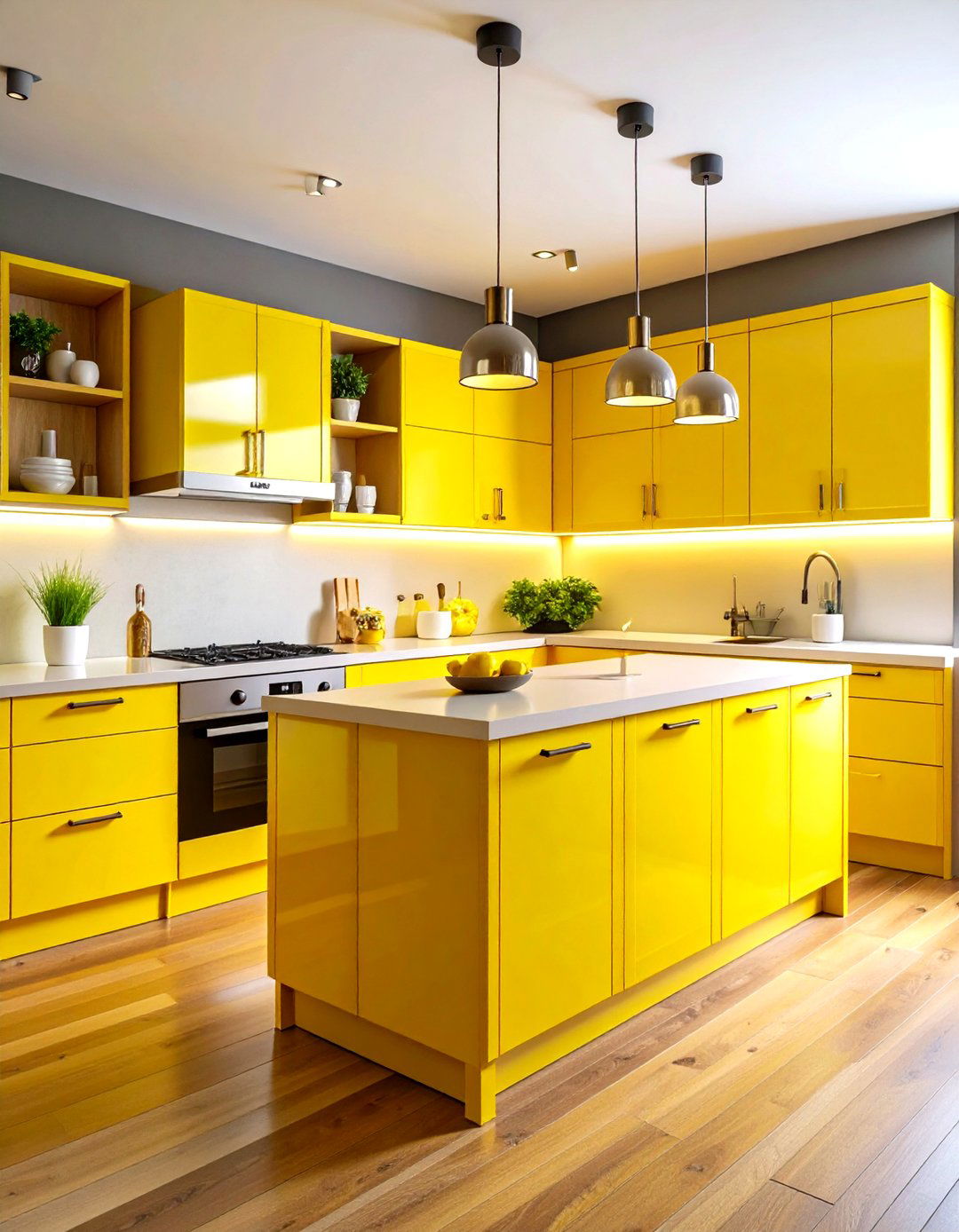
With a bold splash of neon yellow on the base cabinets, you can instantly energize even the most subdued kitchen palette. Painting only the lower cabinets in a vibrant neon shade creates a dynamic focal point without overwhelming the room’s overall balance. Before you start, clean all surfaces with a degreaser and sand lightly to ensure proper paint adhesion. Apply a high-quality, water-based enamel in two thin coats for smooth, uniform coverage, then protect your work with a clear polyurethane sealant. This simple yet impactful update transforms existing cabinets into a bright, cheerful statement piece at a fraction of the cost of replacement.
2. Taupe Kitchen Cabinets
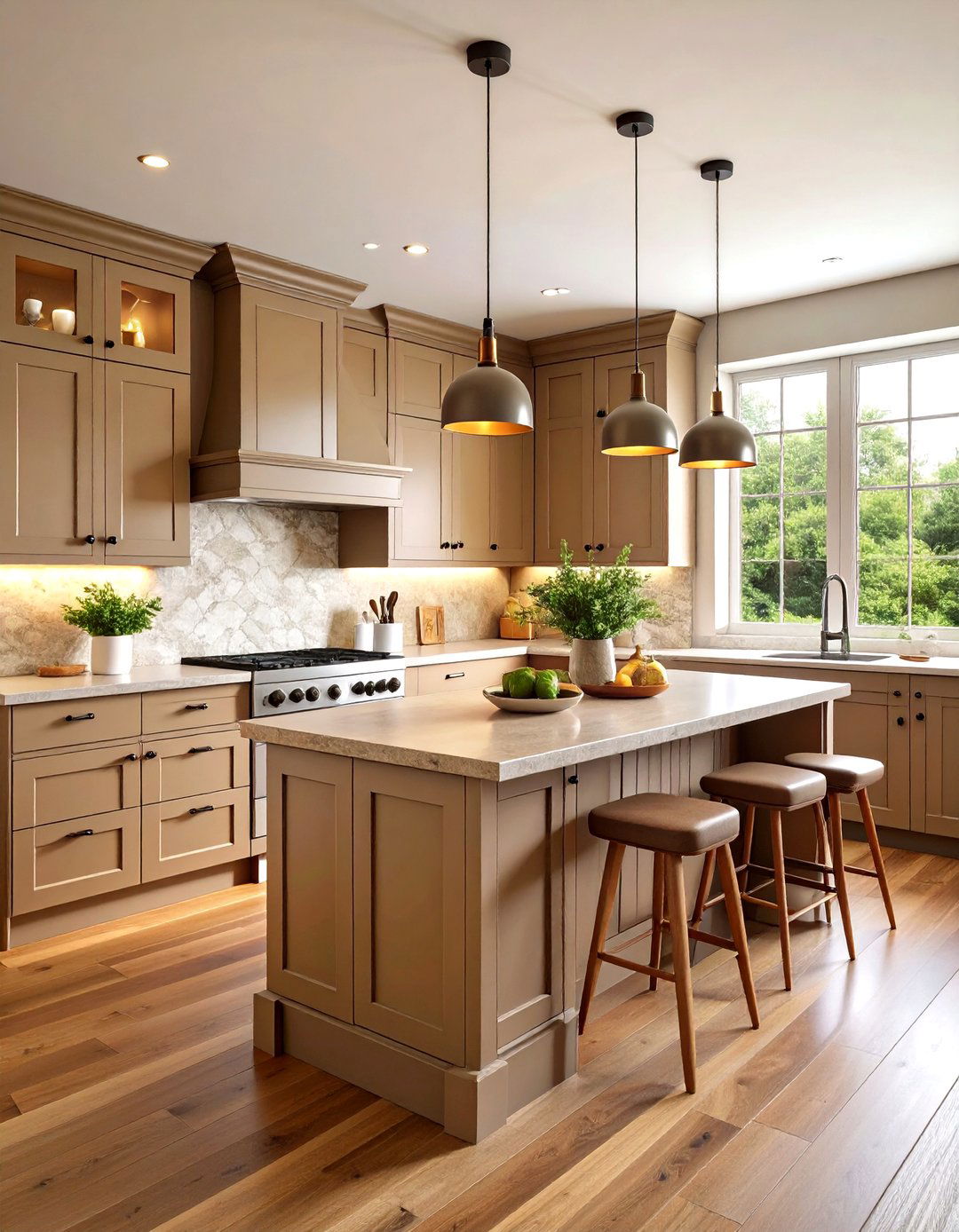
A taupe finish can lend warmth and understated sophistication to kitchen cabinets, offering a versatile alternative to stark white. This soft, earthy hue pairs beautifully with wooden countertops or stone backsplashes, creating a cozy, cohesive aesthetic. For best results, wipe down cabinet surfaces with mineral spirits to remove grime, then apply a stain-blocking primer before rolling on two coats of taupe paint. Incorporating matching drawer fronts or open shelving can balance the finish and prevent monotony. By repainting cabinets in taupe, you gain a refined, timeless look that complements both traditional and modern kitchen styles without breaking the bank.
3. Candy Pink Lower Cabinets
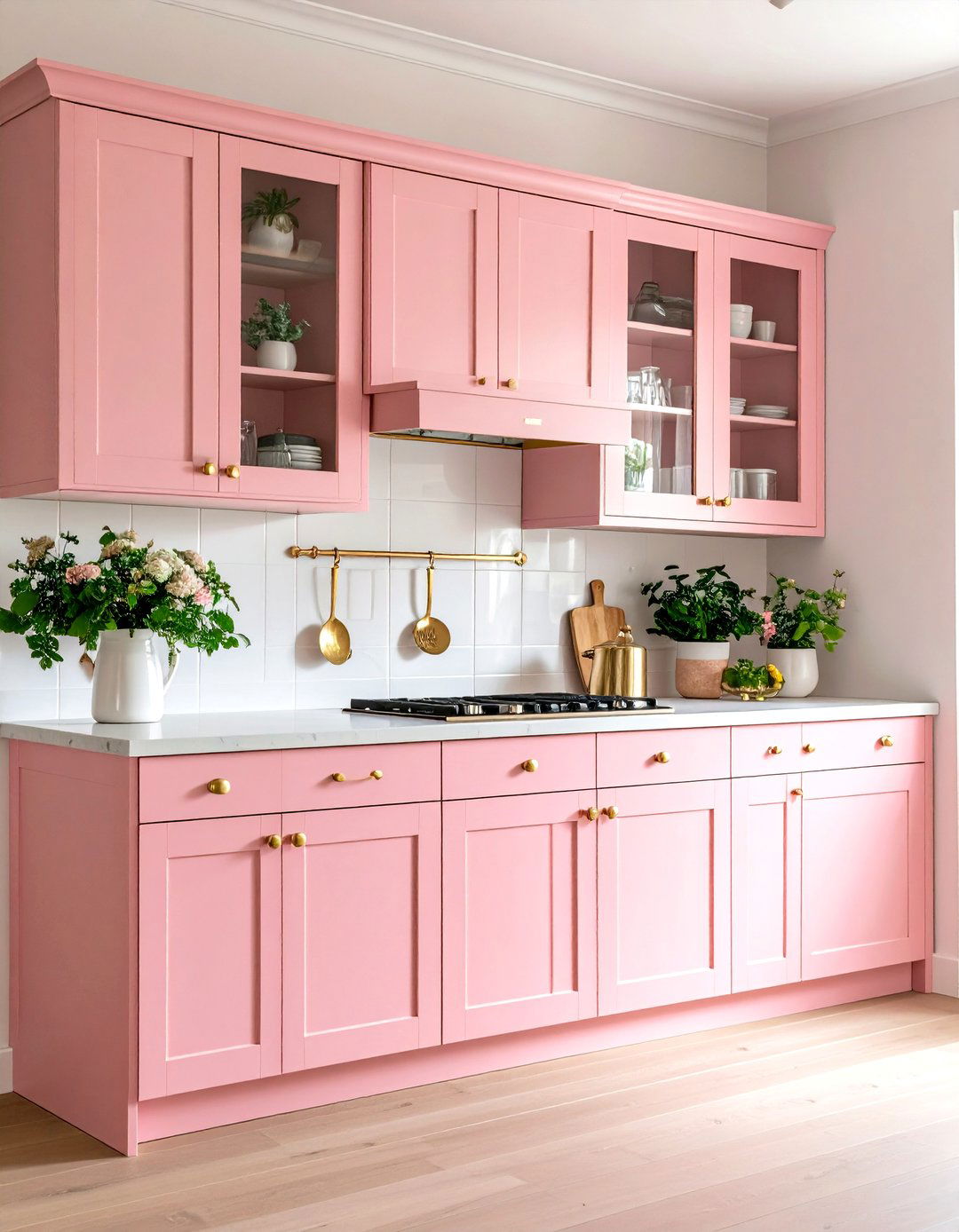
To add a playful yet elegant touch, consider painting the lower kitchen cabinets in a delicate candy pink shade. This approach anchors the space with a subtle pop of pastel, while keeping upper cabinets neutral to maintain brightness. Start by cleaning the cabinet faces thoroughly, removing hardware, and sanding edges to prevent brush marks. Then, use a high-quality, semi-gloss acrylic paint to achieve a smooth, durable finish suited for high-touch areas. Paired with brass handles or matte black pulls, pink-painted lower cabinets create a sophisticated focal point that feels fresh and inviting, especially in open-plan kitchens and home bars.
4. Black and White Cabinets
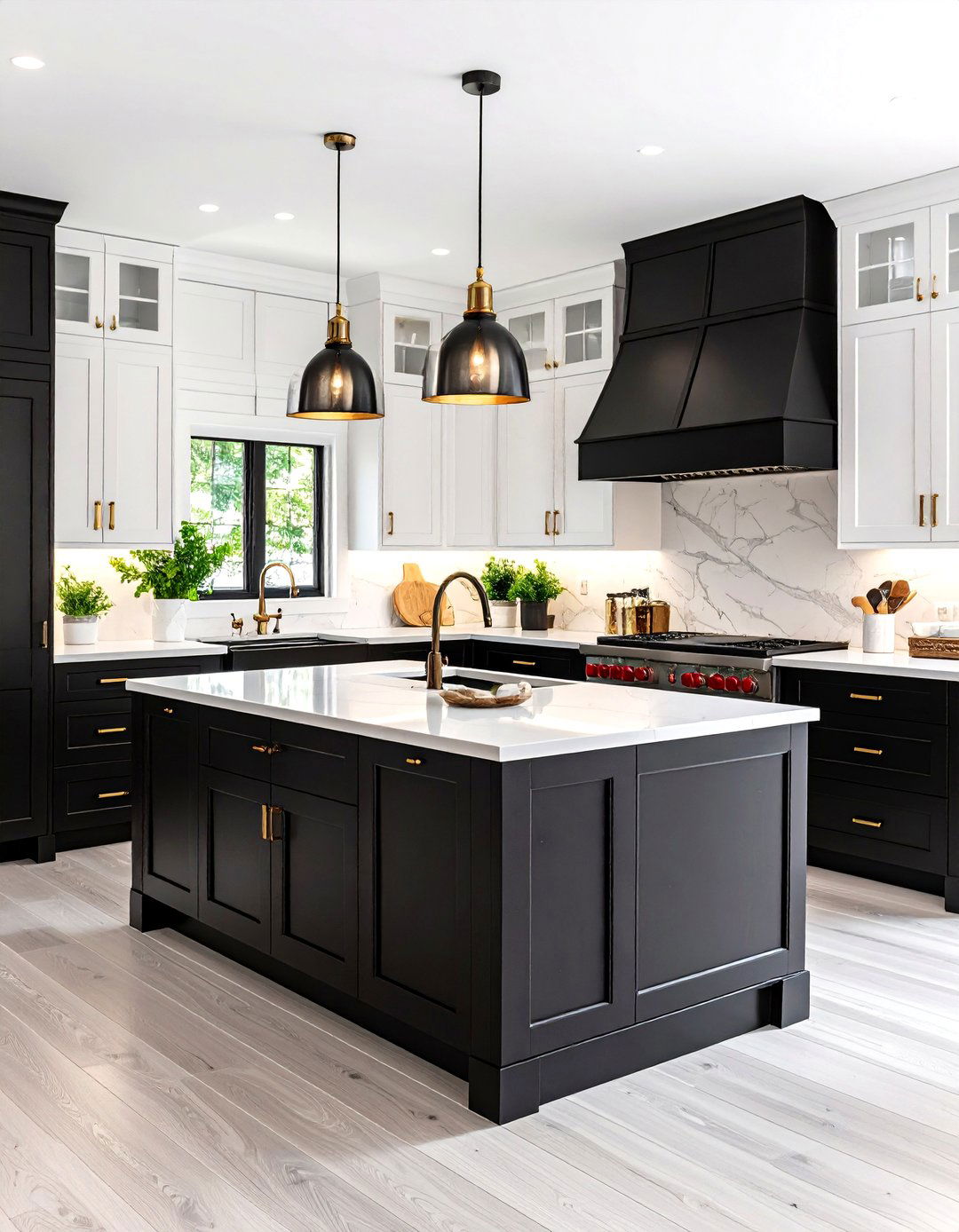
This timeless combination offers striking contrast, with upper kitchen cabinets painted crisp white and lower units coated in deep black. The dual-tone effect defines cabinet zones and adds instant visual interest without overpowering the room. After degreasing and sanding cabinet panels, apply a white primer on the uppers and a separate primer tinted to black on the lowers. Finish each section with two coats of semi-gloss paint for easy cleaning and light reflection. Incorporate matching hardware — such as matte black knobs on white doors and brushed nickel on black doors — to tie the look together seamlessly. This chic update suits both contemporary and traditional kitchens.
5. Navy Cabinets
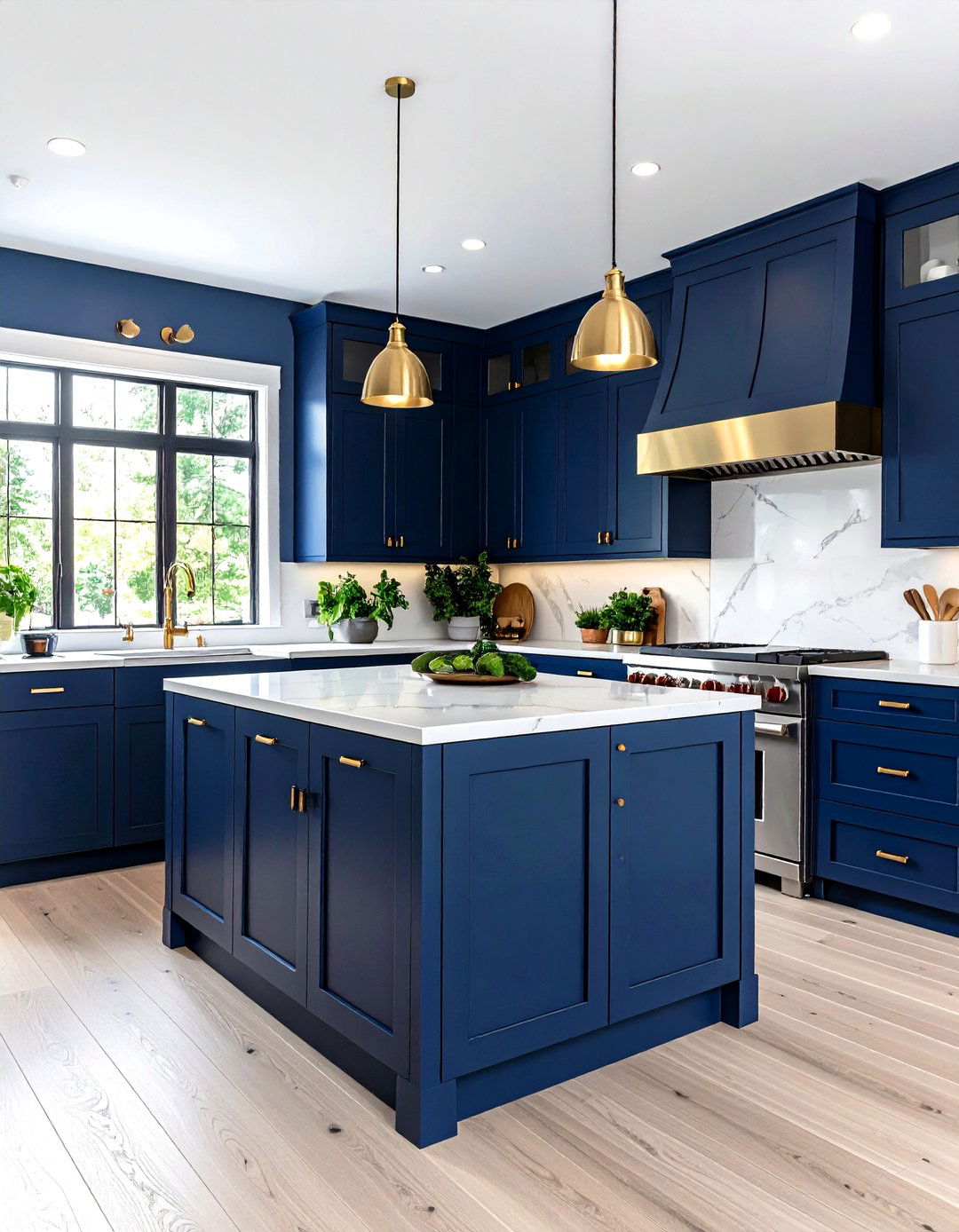
Another popular trend is painting all kitchen cabinets in a deep navy blue for a modern, moody vibe. This hue adds depth and drama, pairing well with warm brass fixtures or natural wood elements. Before painting, ensure cabinets are free of grease and lightly scuff-sanded to promote adhesion. Use an oil-based enamel or high-quality acrylic paint in a satin finish to achieve a uniform, easy-to-clean surface. For an elevated look, consider two different navy shades on islands versus perimeter cabinets to introduce subtle variation. Navy cabinets create a sophisticated backdrop that complements white countertops and stainless-steel appliances beautifully.
6. Sage Green Cabinetry
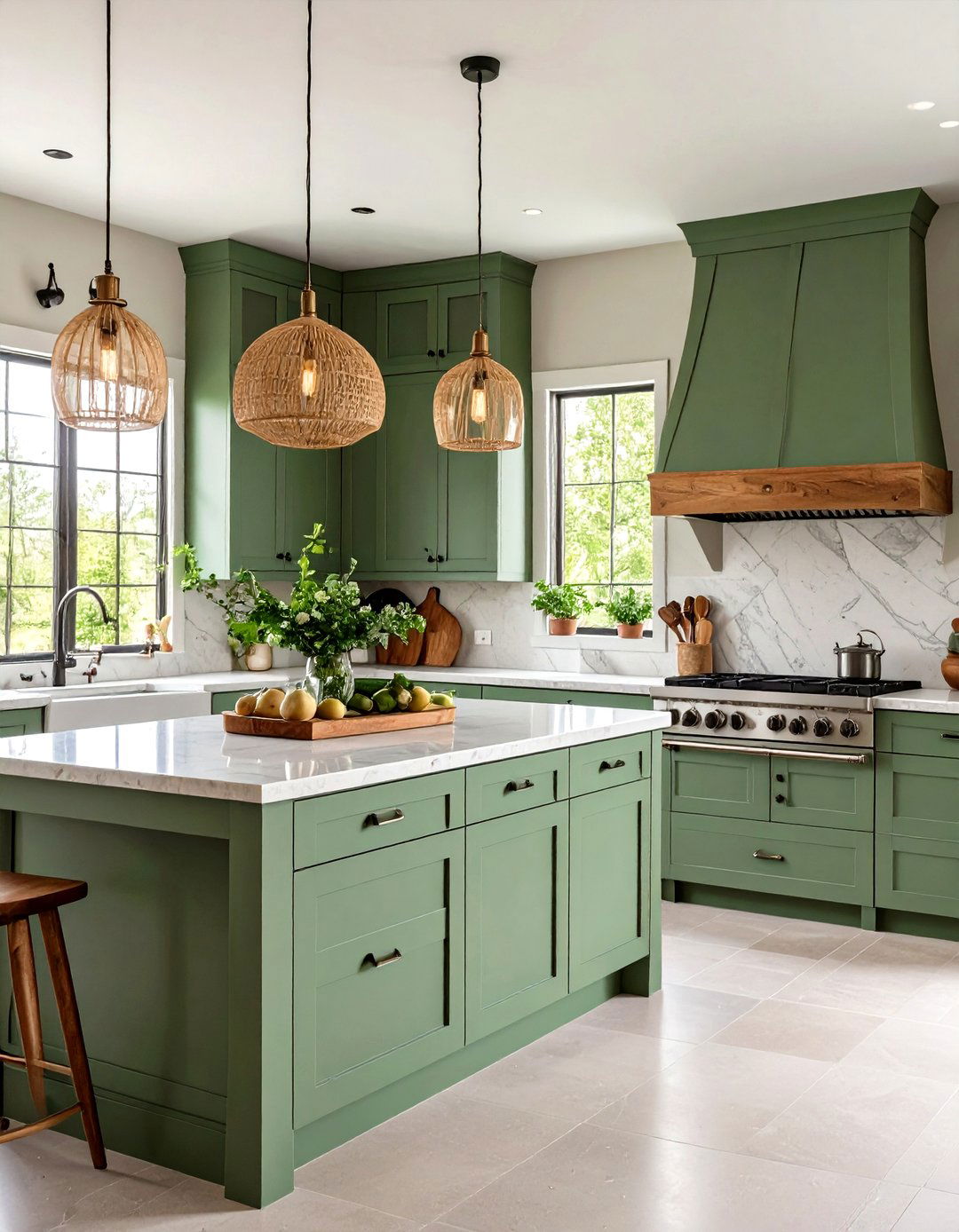
Opt for sage green to bring a calm, organic feel to kitchen cabinets, balancing soft undertones with natural textures. This muted green works well in both farmhouse and modern kitchens, harmonizing with stone countertops and wood accents. Clean the cabinet doors thoroughly and apply a shellac-based primer to block knots and stains before adding two coats of sage green paint. Pair the cabinets with matte black or oil-rubbed bronze hardware for a crisp contrast. The result is a soothing, earthy atmosphere that fosters a welcoming cooking space and stands up well to changing design trends.
7. Dusty Blue Cabinets
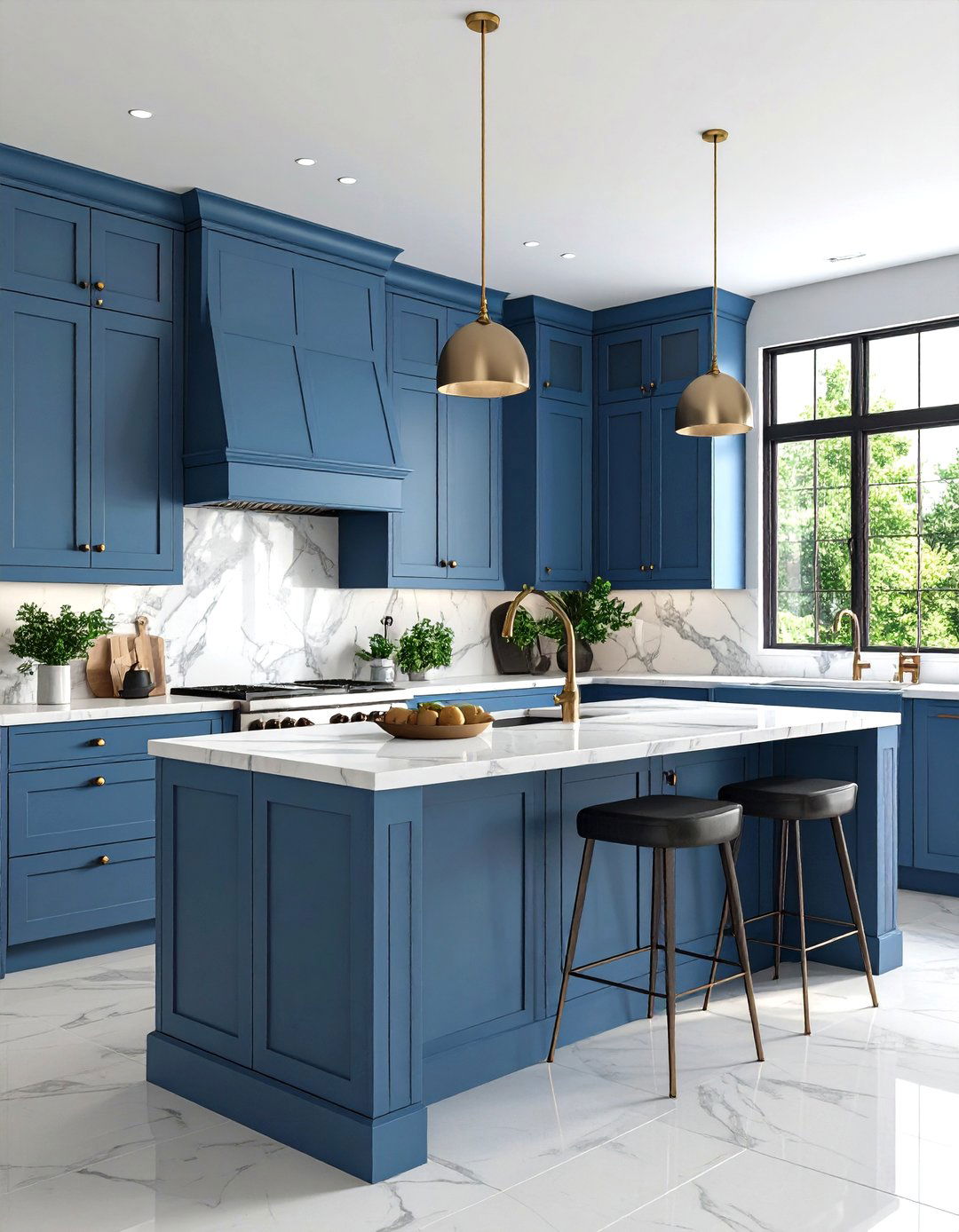
Looking for a serene yet colorful update? Dusty blue cabinets offer a muted, sophisticated alternative to brighter blues, infusing kitchens with subtle charm. This shade pairs beautifully with white marble or gray quartz countertops and brushed nickel fixtures. Start by cleaning surfaces thoroughly, then use a bonding primer to ensure even paint coverage. Apply two coats of dusty blue paint, sanding lightly between coats for smoothness. To maintain visual interest, leave cabinet interiors white or install glass-front doors. Dusty blue cabinetry provides a calm, timeless aesthetic that feels fresh without overwhelming the space.
8. Forest Green Cabinets
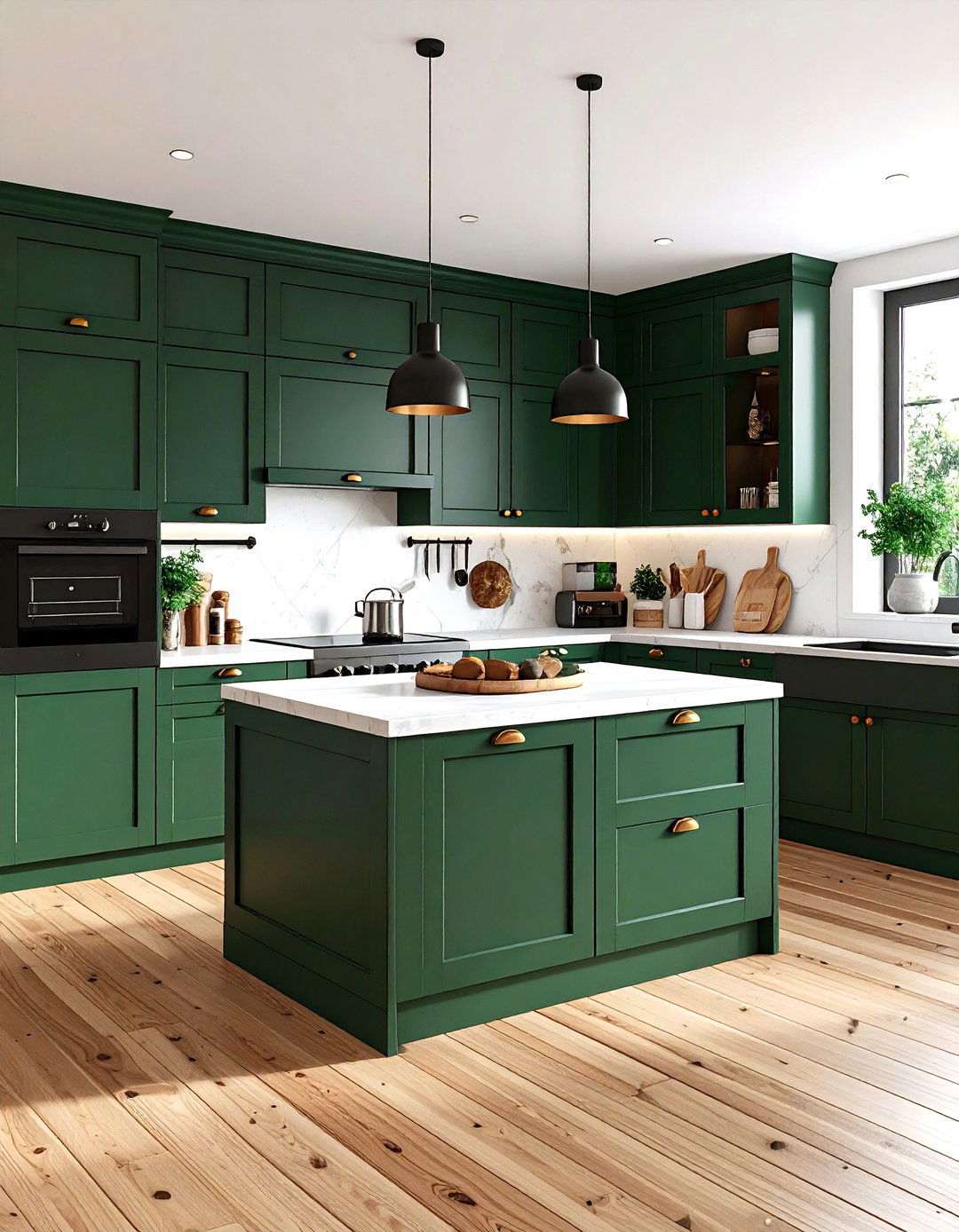
For a deep, nature-inspired look, forest green cabinets bring dramatic depth and timeless appeal to kitchens. This rich green hue contrasts beautifully with bright white walls and light wood floors. Begin by stripping old finishes with a deglosser, then sand cabinet surfaces before priming with a stain-blocking primer. Use a satin or semi-gloss paint in the forest green shade for durability and easy cleaning. Accent the cabinets with matte black hardware or antique brass pulls to complement the green undertones. Forest green cabinetry adds a bold, organic touch that feels both luxurious and grounded.
9. Deep Teal Cabinets
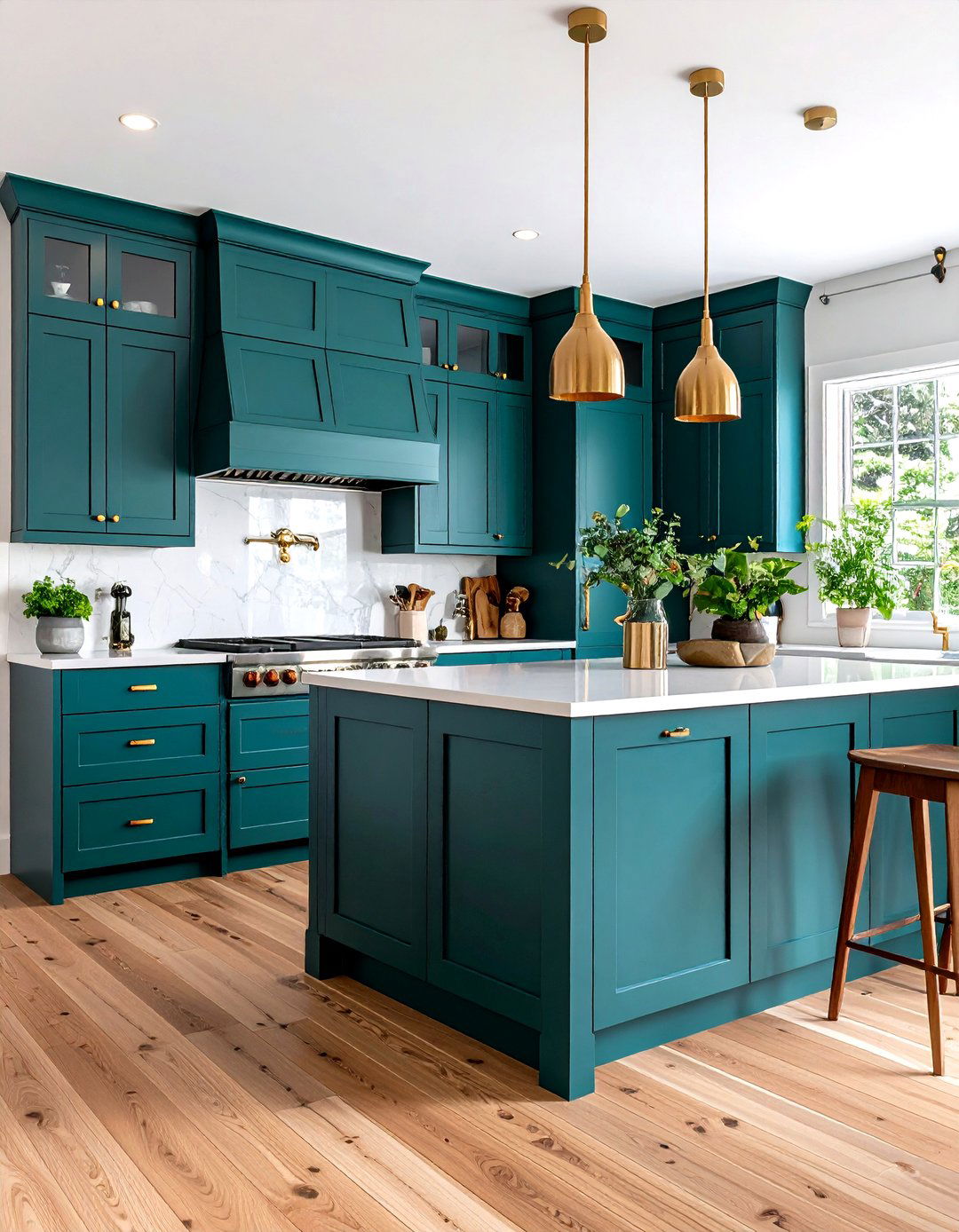
Ensure your kitchen feels both vibrant and cohesive by opting for deep teal cabinets on islands or lower runs. This versatile hue blends blue and green, making it ideal for coordinating with various accessory colors. Remove all hardware and clean surfaces with a degreasing cleaner to prep the cabinets. Apply a primer designed for wood or laminate, then roll on two coats of deep teal paint, finishing with light sanding between coats. Accentuate the rich color with warm wood accents, such as open shelving or butcher-block countertops, and choose brass or matte black handles for a polished look.
10. Powder Blue Cabinets
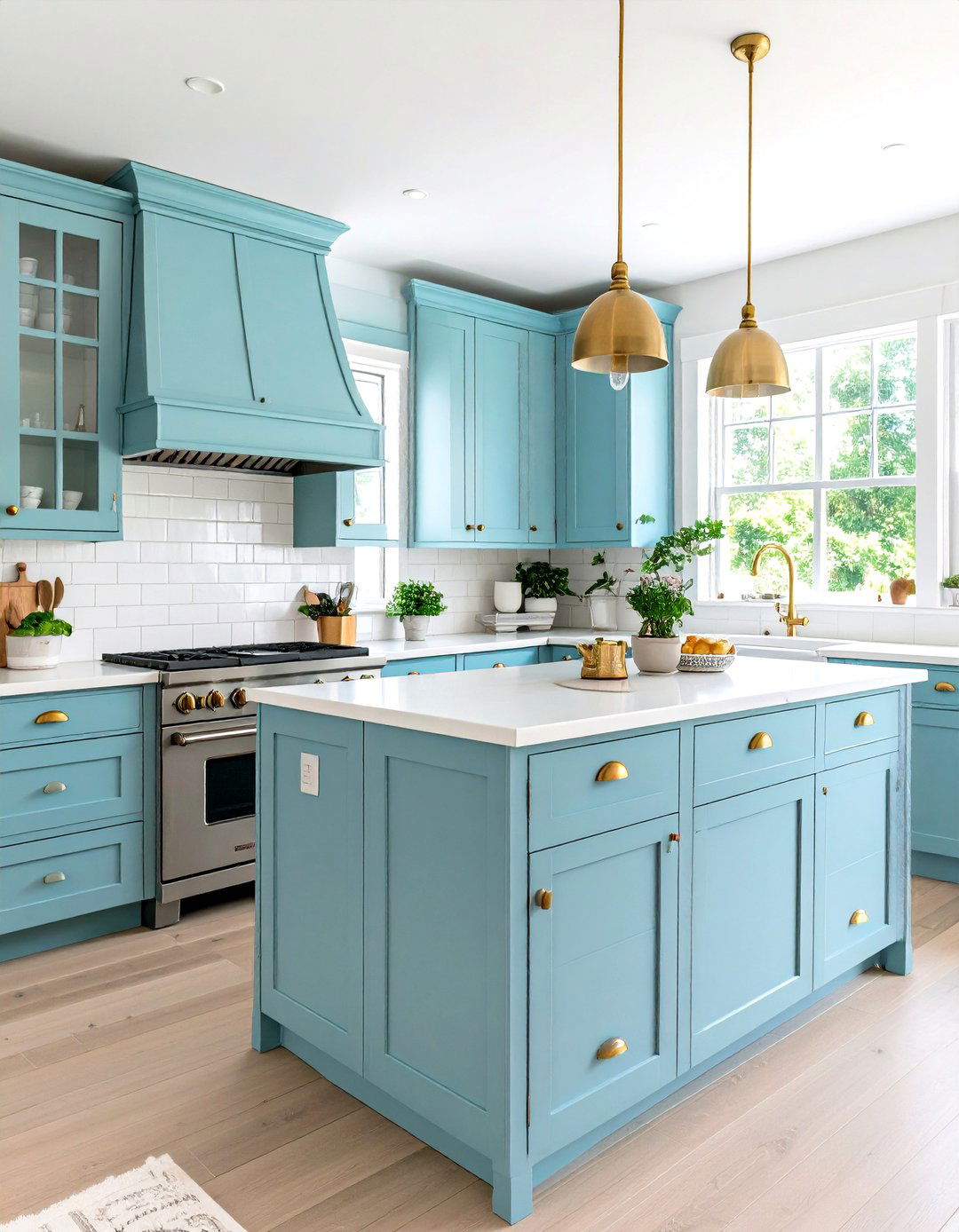
Use powder blue cabinets to introduce a soft, retro-inspired vibe that brightens kitchens without overpowering them. This pastel blue works particularly well in basement kitchens or snug breakfast nooks, complementing gray countertops and white subway tile. After degreasing and sanding cabinet faces, apply an oil-based or acrylic primer, then paint two coats of powder blue enamel for a durable finish. Incorporate warm gold-toned knobs and pulls to add a subtle metallic accent against the pale blue backdrop. The result is a light-filled, cheerful kitchen that feels both nostalgic and modern at once.
11. Pearl Gray Cabinetry
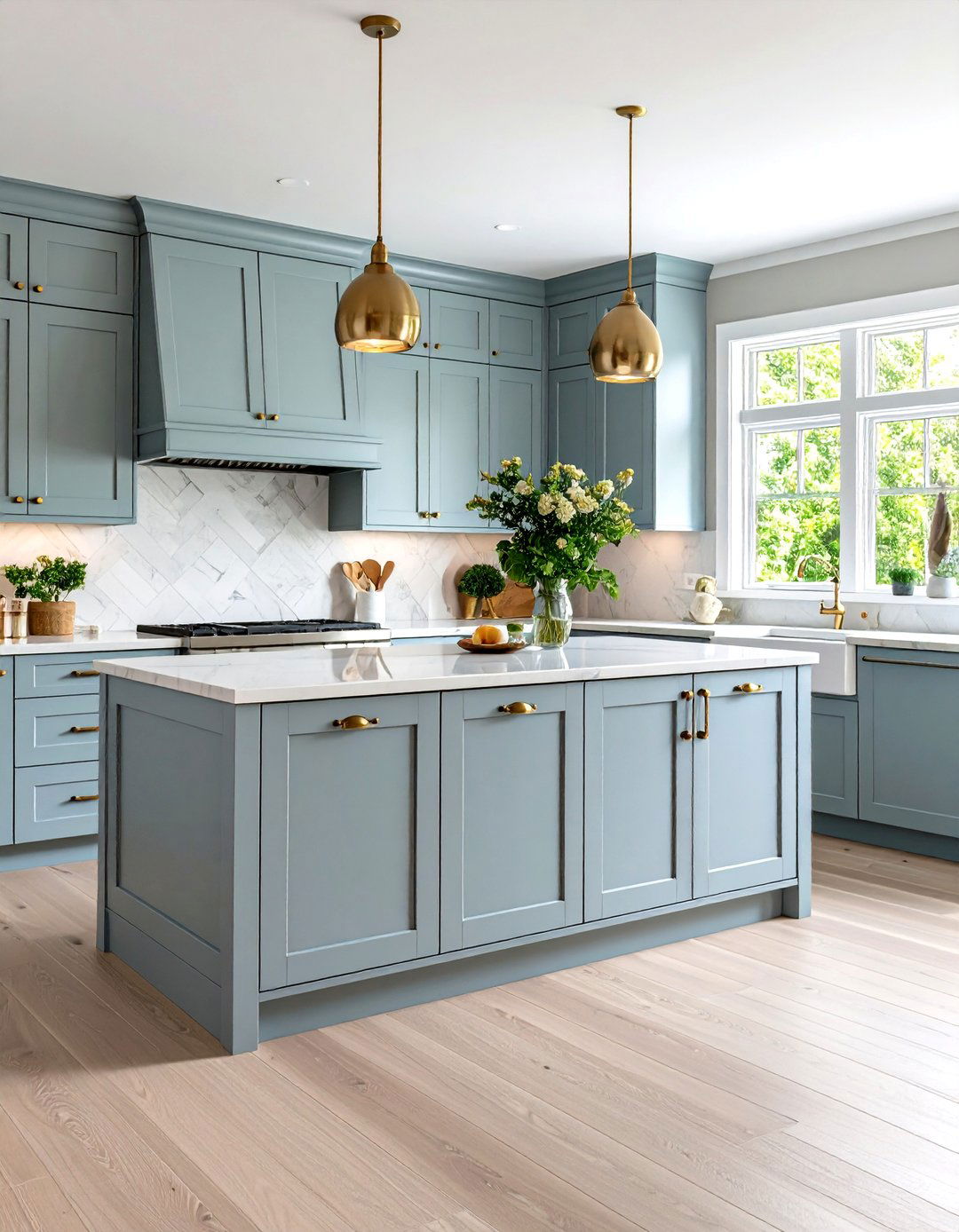
An elegant option for cabinets is pearl gray, which offers a gentle, neutral palette perfect for Scandinavian or minimalist kitchens. This soft gray pairs seamlessly with light blond floors, mixed-metal accents, and pale pastel walls. Begin by cleaning cabinet surfaces thoroughly, then use a shellac-based primer to block stains and ensure a crisp finish. Apply two coats of pearl gray paint, sanding lightly between coats to remove any imperfections. Complement the painted cabinets with simple black hardware or integrated handles for a clean, streamlined effect. Pearl gray cabinets bring a sense of calm and sophistication to any kitchen.
12. Coastal Blue Cabinets
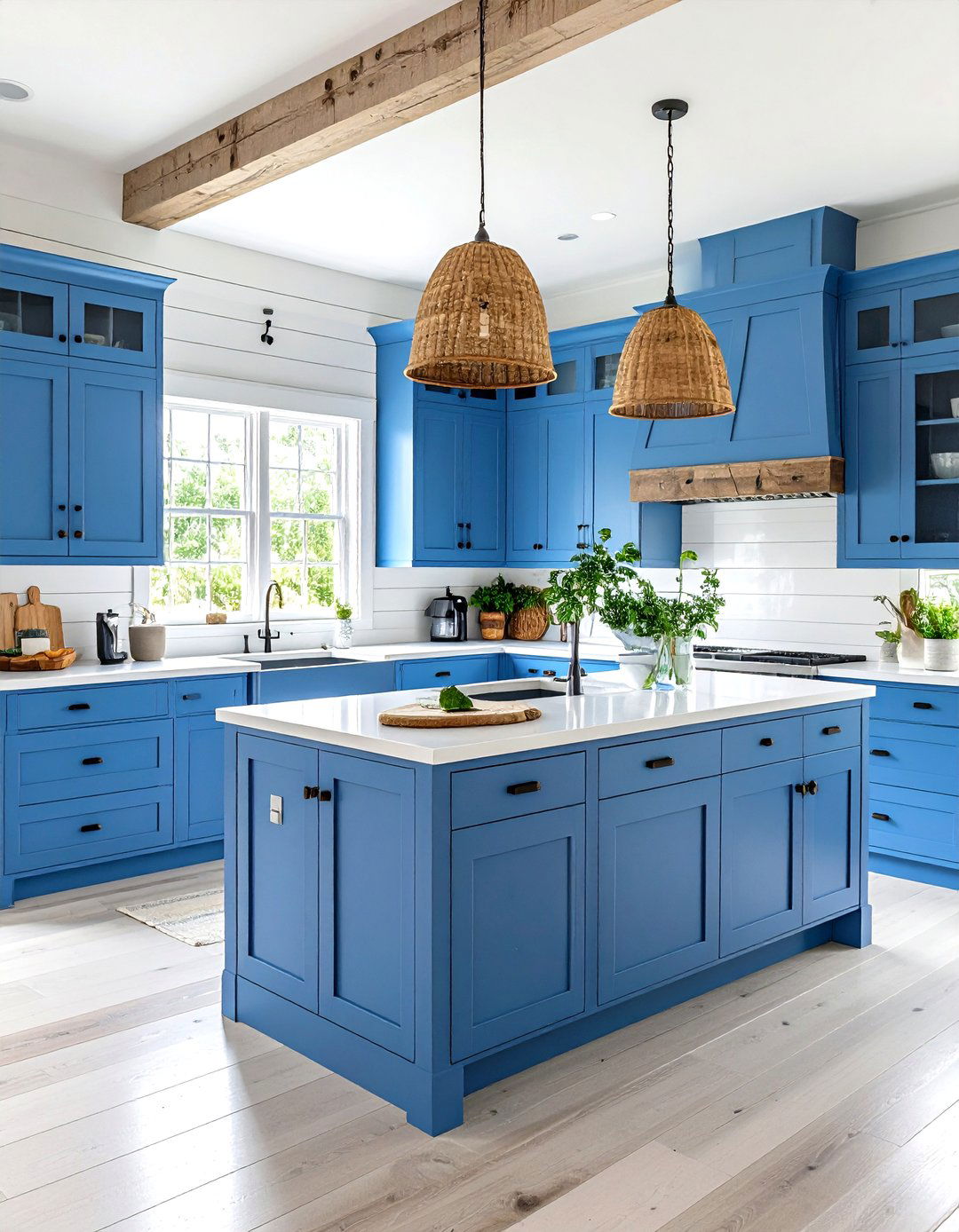
By choosing a gray-blue tone for kitchen cabinets, you can craft a coastal-inspired aesthetic that feels both airy and inviting. This medium-toned hue looks especially enchanting when paired with white shiplap walls and natural wood accents, evoking seaside cottages. Prep cabinet doors by cleaning with TSP cleaner, then sand lightly and apply two coats of coastal blue paint using a brush for crevices and a roller for flat panels. Seal the finish with a water-based polyurethane to protect against moisture. Coastal blue cabinets refresh kitchens with a serene, beachy vibe that blends timeless charm with modern durability.
13. Light Blue Cabinets
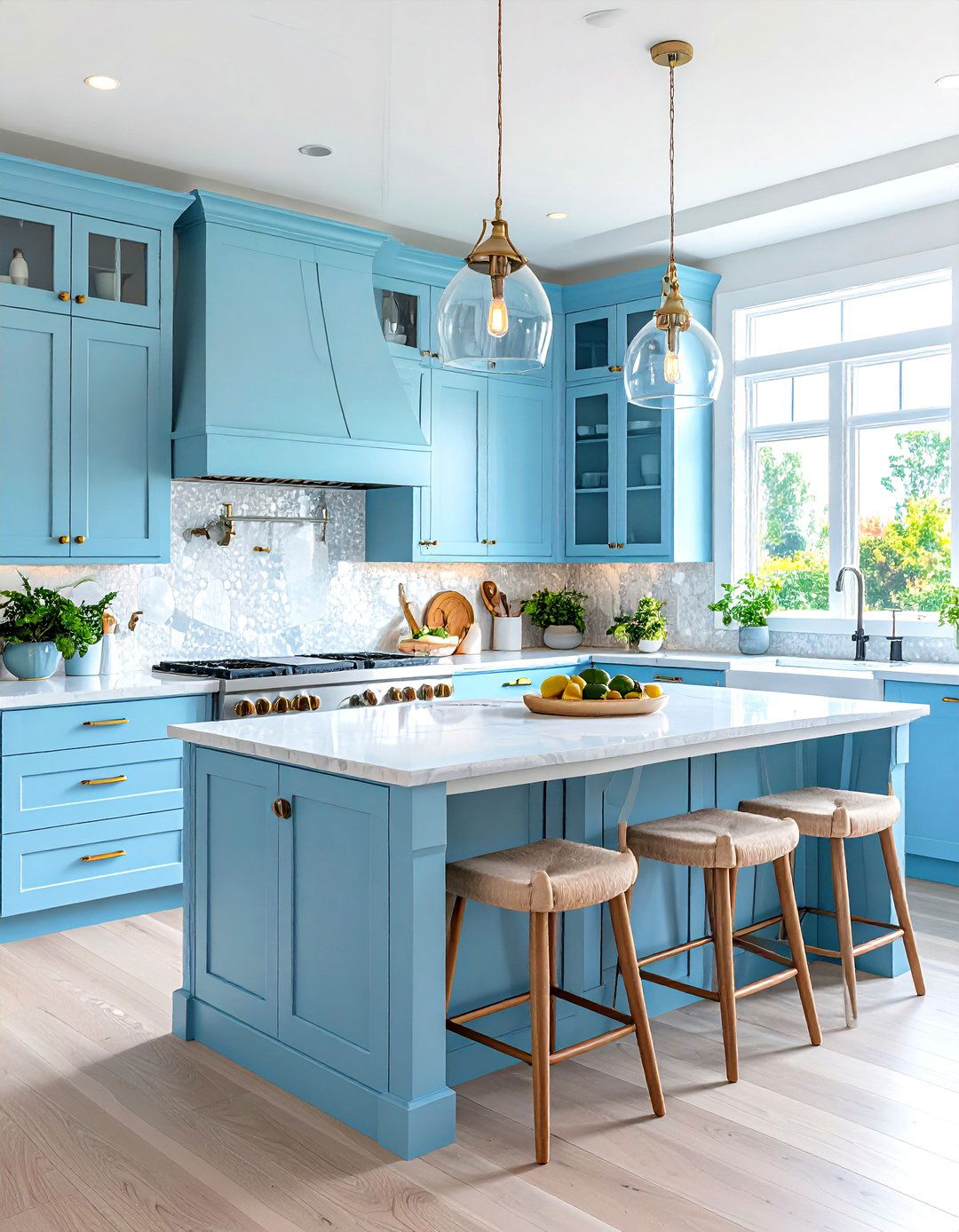
Although light blue might seem too subtle for some, it makes an excellent choice when you want a calming, beachy look in your kitchen. Pair painted light blue cabinets with mother-of-pearl or iridescent backsplash tile to introduce texture and shimmer. Before painting, degrease cabinet surfaces and use a bonding primer to promote adhesion. Apply two medium coats of light blue paint, allowing proper drying time to avoid streaks. Enhance the finish with polished chrome or clear acrylic hardware that won’t compete with the soft hue. Light blue cabinets create a fresh, sunlit atmosphere perfect for casual, coastal-inspired kitchens.
14. Dark Blue Cabinets
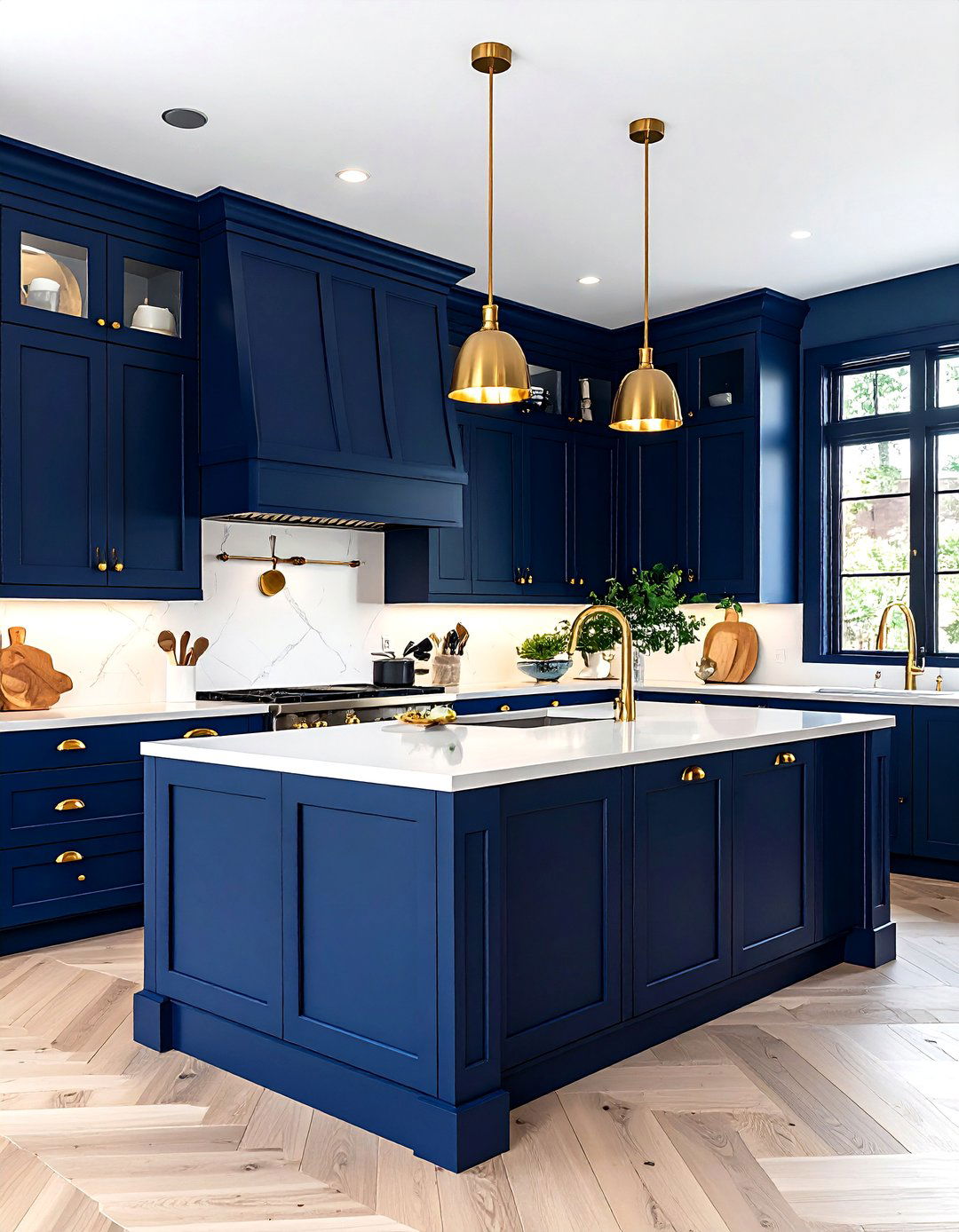
To wrap cabinets in a bold, dramatic hue, consider dark blue to transform your cooking space into a statement area. This saturated navy or midnight blue adds sophistication and depth, especially in generous kitchens. Clean and sand cabinet doors thoroughly, then apply a high-quality primer tinted toward your chosen shade. Use a matte or satin finish paint to keep the look modern and resistant to fingerprints. Balance the darkness with pale wood floors or white countertops, and complete the scheme with brass or gold-toned hardware. Dark blue cabinets yield a luxurious, tailored feel.
15. Greige Painted Cabinets
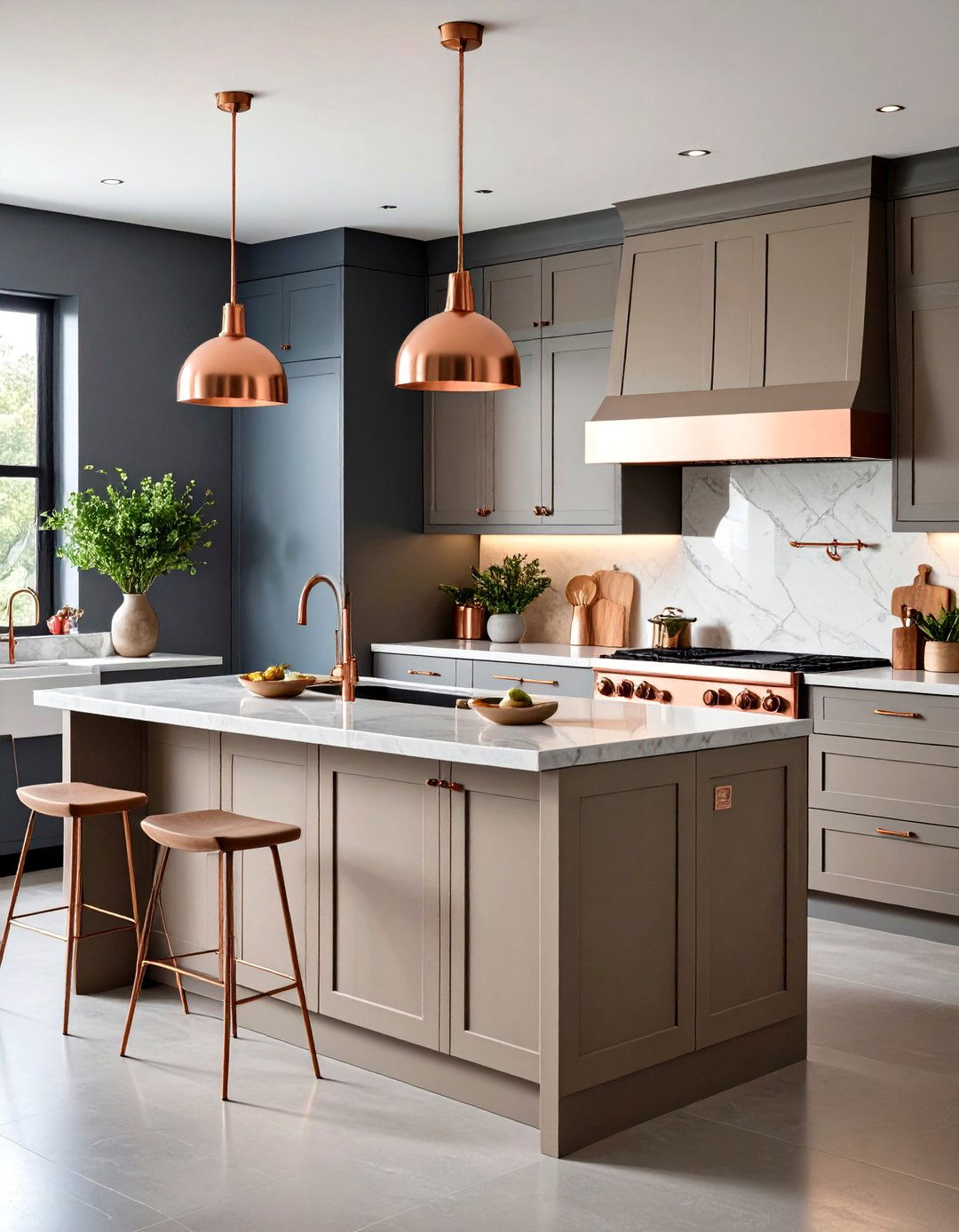
When you want the best of both worlds between gray and beige, greige painted cabinets deliver warmth and neutrality. This hybrid hue works superbly with bronze or copper hardware, creating a rich, elevated appearance. Start by wiping cabinet frames with a degreasing cleaner, then lightly sand surfaces before priming with an oil-based primer. Apply two coats of greige paint using smooth, even strokes, and finish with a subtle glaze if you desire extra depth. Greige cabinets serve as a versatile backdrop that adapts to changing decor trends, making them an enduring and practical paint choice.
16. Blue and Cream Cabinetry
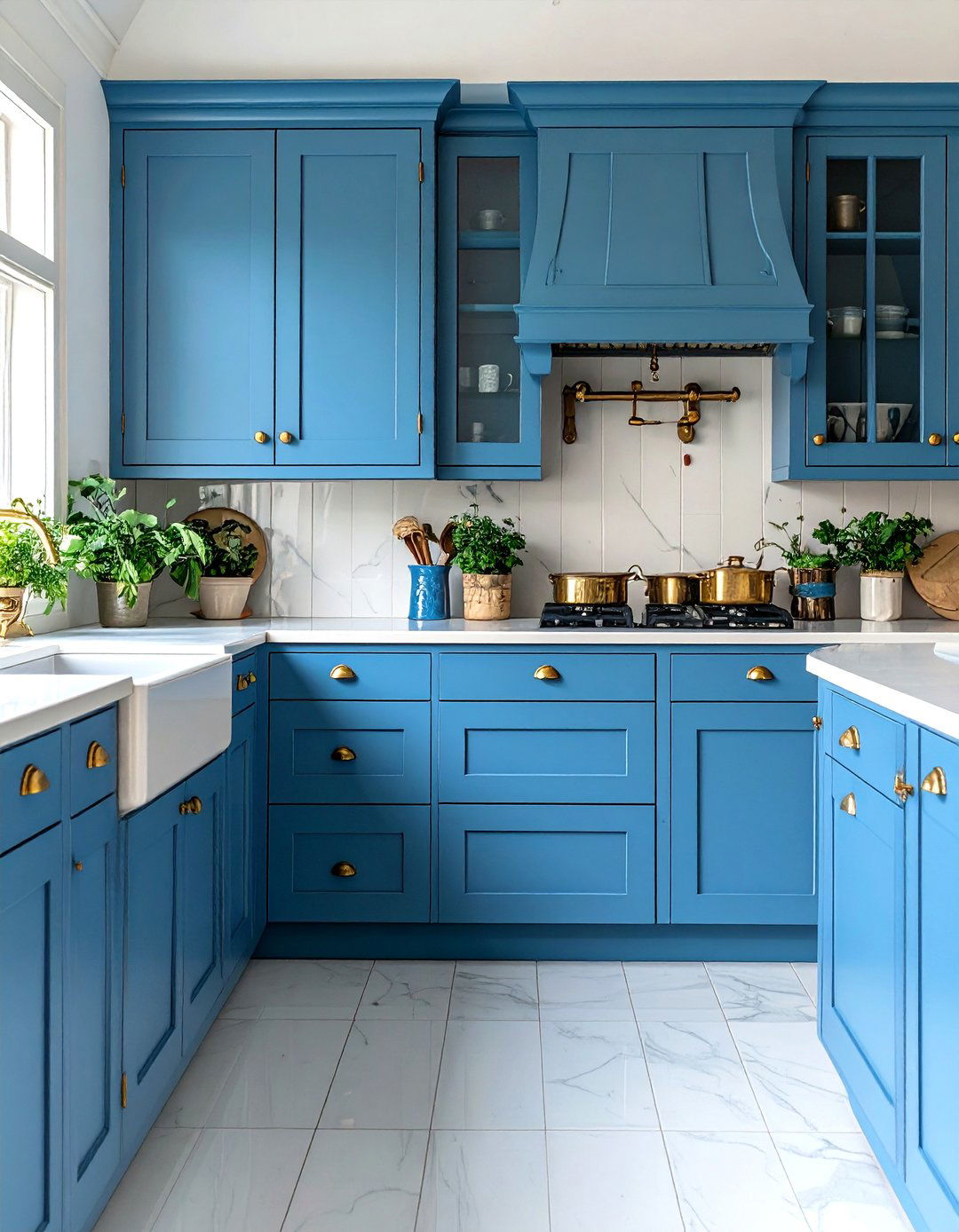
A combination of cream borders and blue door panels can highlight cabinet details and introduce a playful retro vibe. By painting the frame and stiles in soft cream and filling the recessed panels with a rich blue, you create depth and dimension. Before starting, remove doors and clean thoroughly — then sand panels and frames separately for precision. Apply the cream paint first, allow full curing, then mask and fill in panels with two coats of blue paint. Seal both colors with a protective clear coat. Blue and cream cabinetry offers a custom look that feels both classic and contemporary.
17. Dove Gray Cabinets
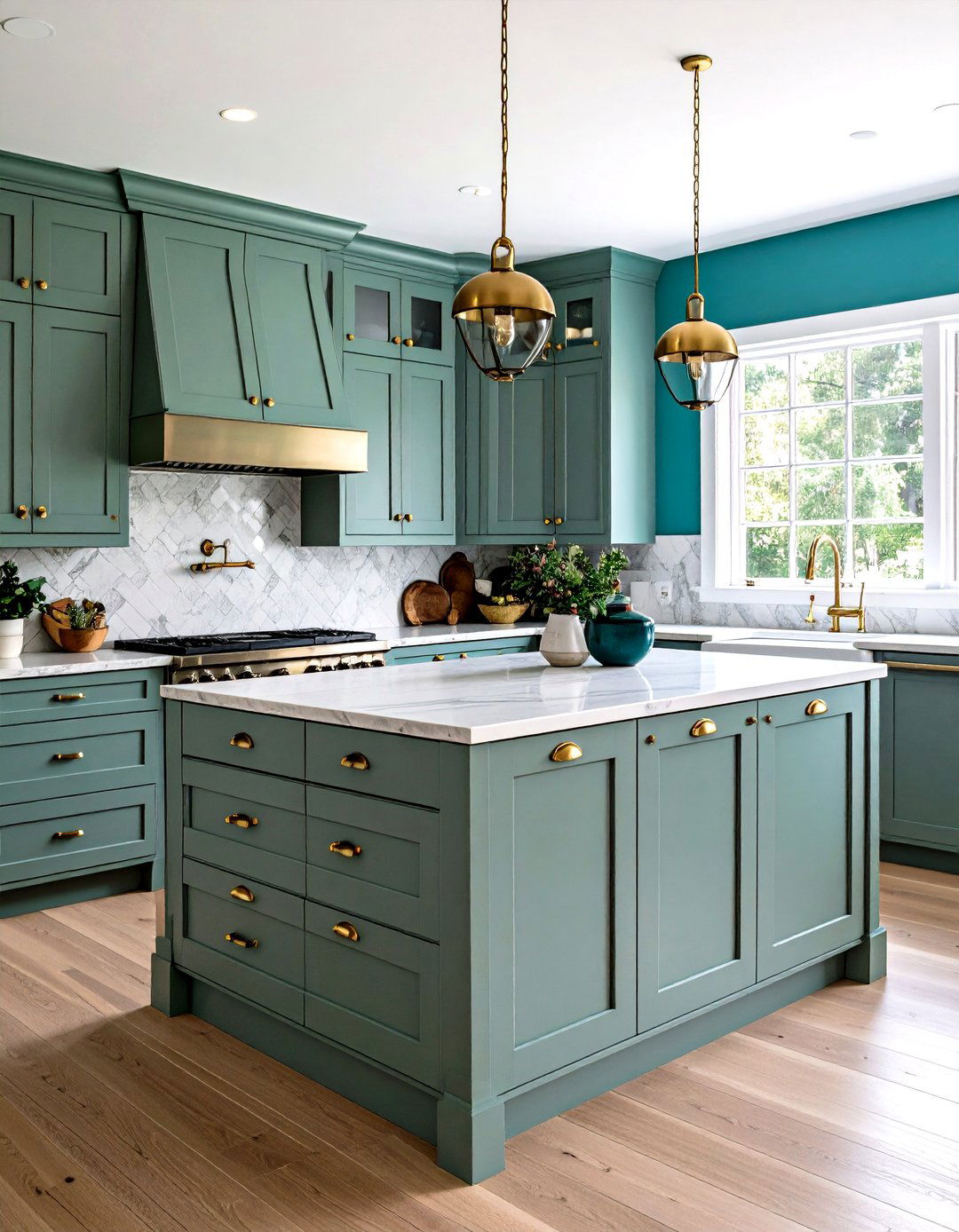
If your walls boast a jewel-toned hue, dove gray cabinets can introduce softness and balance. This cool gray shade works especially well in Shaker-style cabinetry and complements vibrant accent walls. Remove all hardware and clean doors with a gentle cleaner before sanding surfaces to create a tooth for paint. Use an acrylic primer followed by two coats of dove gray paint, sanding lightly between layers. Pair these neutral cabinets with brass or black hardware for a crisp contrast. Dove gray cabinets provide a versatile, toned-down backdrop that enhances colorful surroundings and stands the test of time.
18. Midnight Blue Cabinets
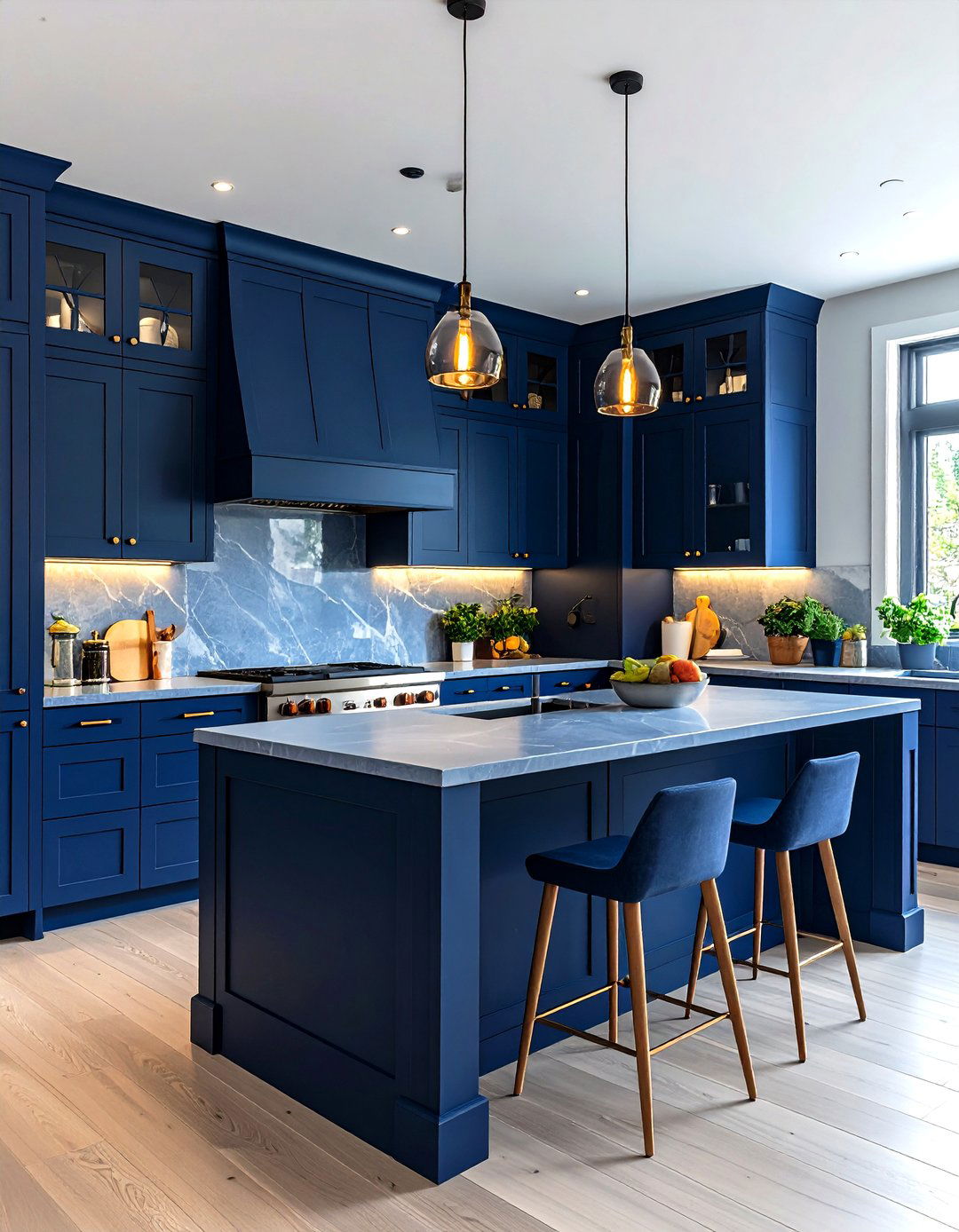
Despite its name, midnight blue can look surprisingly light in well-lit kitchens, adding drama without darkening the entire room. This deep hue highlights architectural details when applied to raised panels or open shelving. Prep surfaces by cleaning and sanding thoroughly, then prime with a bonding primer. Use a water-based enamel paint in midnight blue for durability, applying two or more thin coats for an even finish. Accent with ice blue-gray elements — such as countertops or backsplash — to create contrast and lighten the space. Midnight blue cabinets transform ordinary designs into bold, sophisticated spaces bursting with personality.
19. Stark White Cabinets
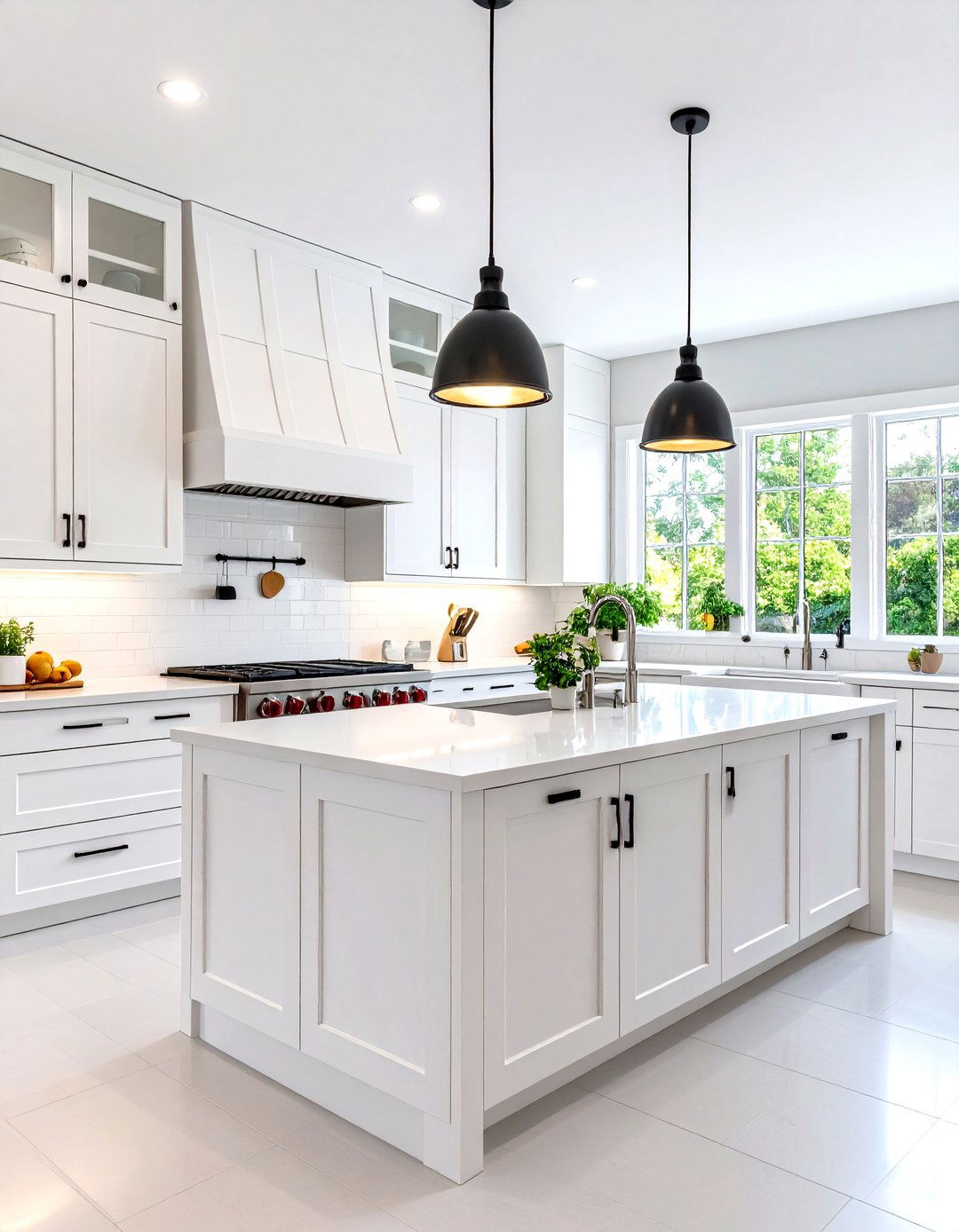
Surprisingly fresh and versatile, stark white cabinets serve as a flawless backdrop for colorful accents elsewhere in the kitchen. Painting floor-to-ceiling cabinetry in crisp white brightens even dimly lit rooms and allows bolder wallpaper or art to take center stage. Start by cleaning every surface with a degreasing agent, then sand and prime before applying two coats of pure white, high-gloss paint. Choose minimalistic hardware in brushed nickel or clear acrylic to maintain the clean look. Stark white cabinets provide a timeless canvas that adapts to evolving styles and simplifies future updates through accessories and finishes.
20. Medium Gray Cabinets
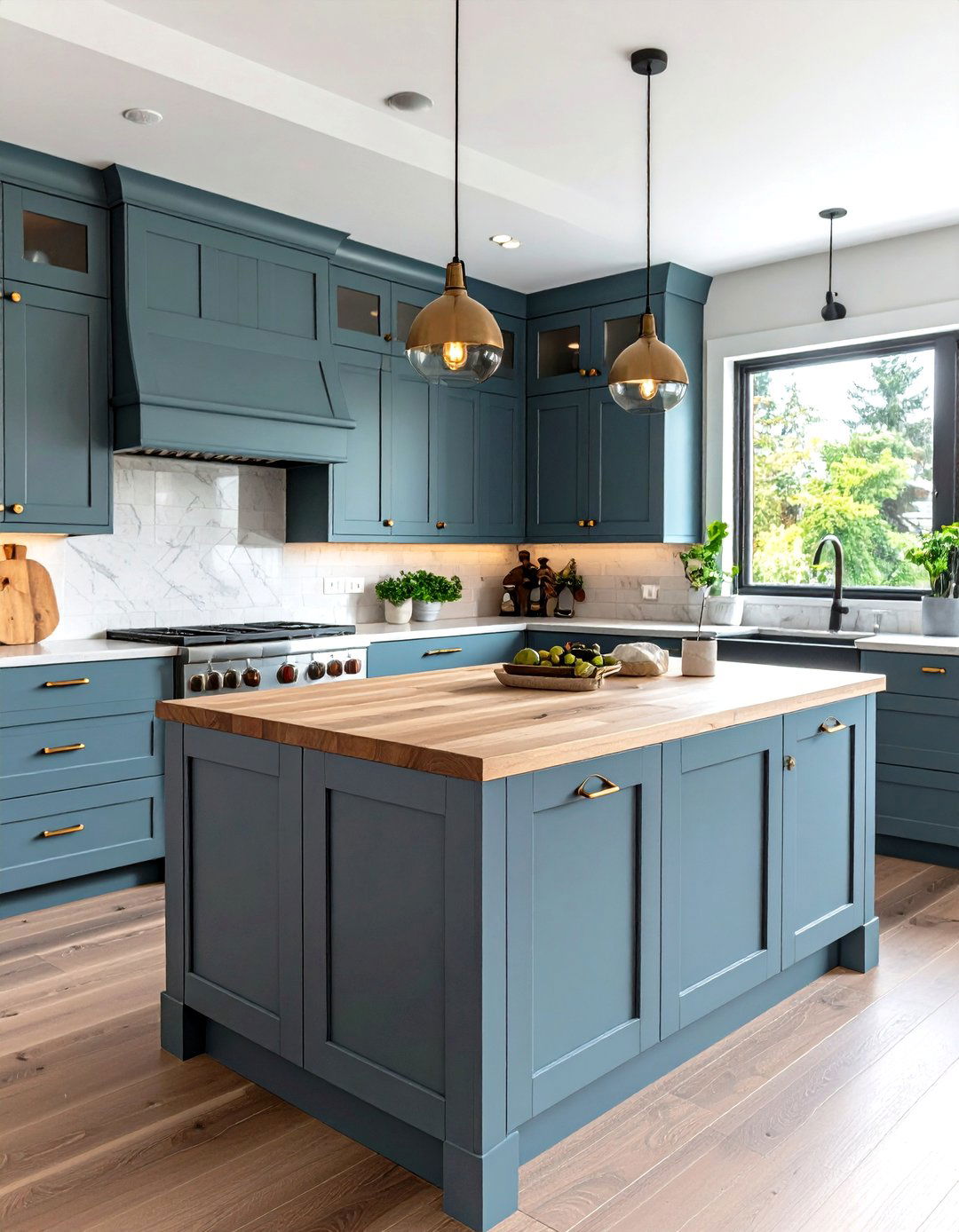
For a sleek, modern aesthetic, medium gray cabinets create a sophisticated contrast with brown or natural wood countertops. This mid-tone gray works well in both warm and cool-toned kitchens, providing a neutral yet impactful finish. Wipe cabinets clean, sand lightly, and apply a high-adhesion primer before painting. Use a pearl or satin finish gray paint to accentuate the cabinetry’s lines and resist smudges. Adding matching gray interior paint for open shelving ties the look together. Medium gray cabinets modernize a kitchen and cost significantly less than full cabinet replacements, making them a smart DIY project.
21. Creamy White Cabinetry
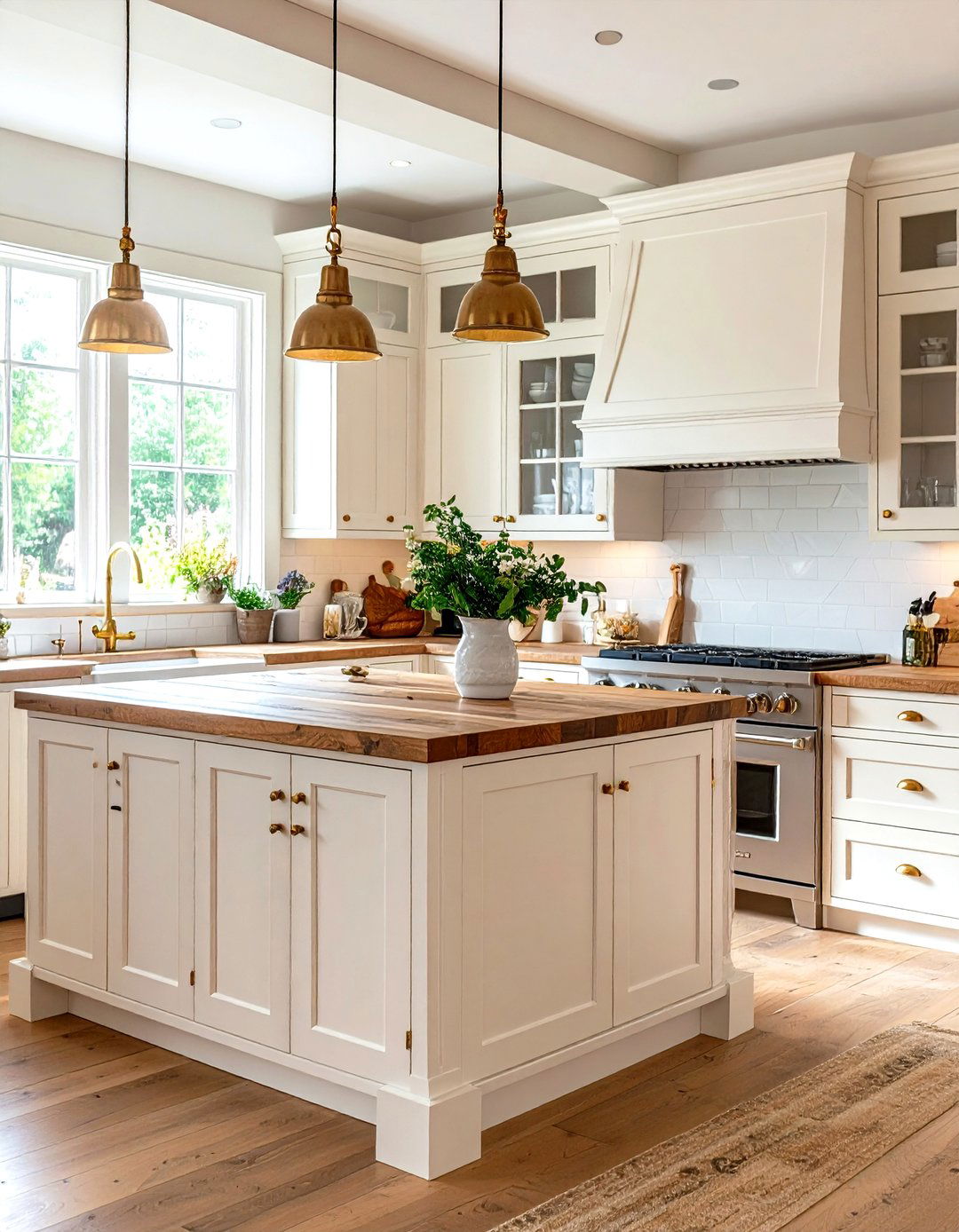
Bring warmth and softness to kitchen cabinets by opting for a creamy white instead of stark white. This subtle off-white hue adds an inviting glow, especially when paired with warm wood or brass accents. Clean all cabinet surfaces and remove hardware, then sand edges before applying a stain-blocking primer to prevent yellowing. Roll on two coats of creamy white paint and finish with a gloss or satin topcoat for easy cleaning. Creamy white cabinetry brightens any space while maintaining coziness, making it a timeless choice that complements diverse design elements.
22. Medium Blue
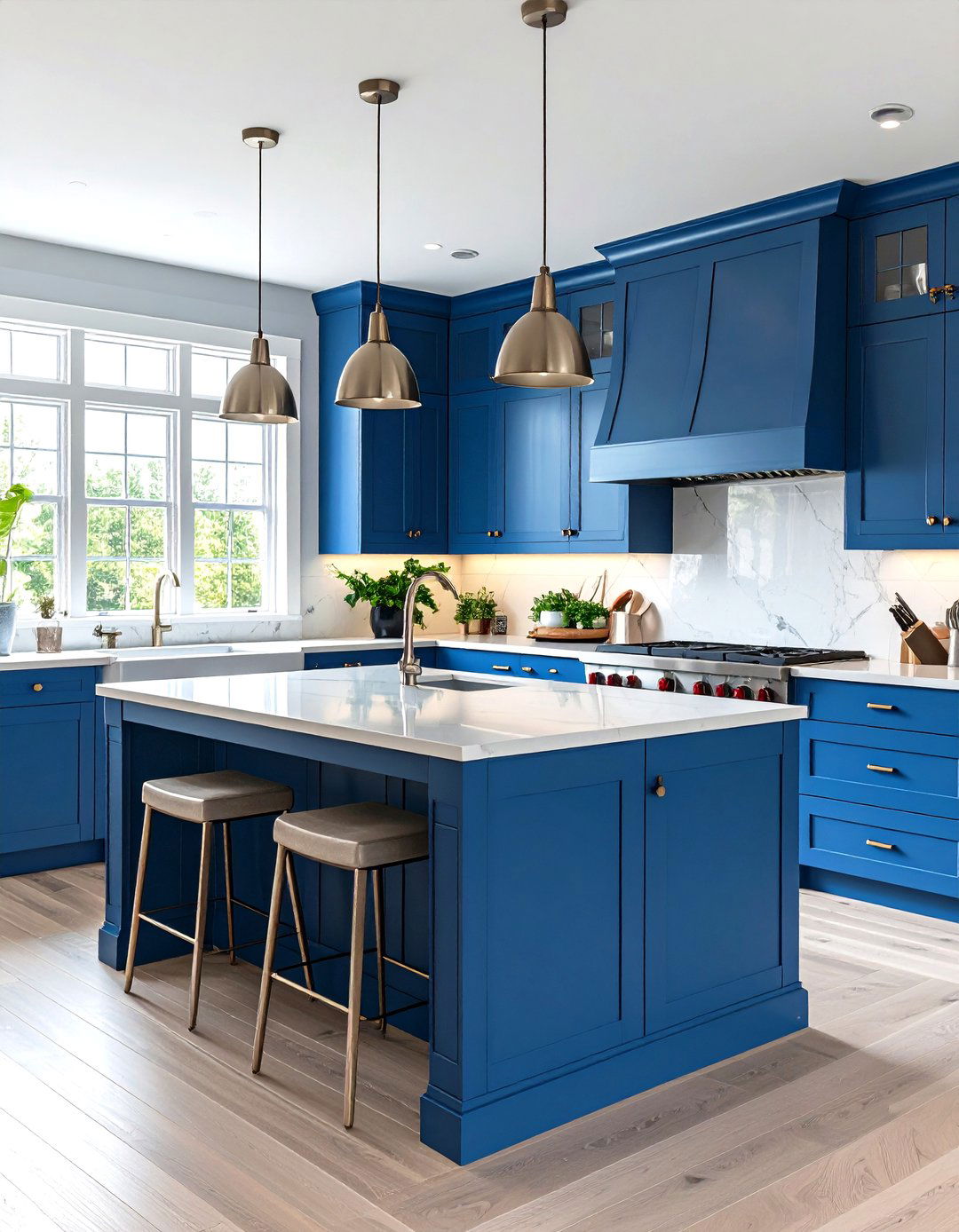
By painting cabinets in a medium blue, you achieve a balanced pop of color that feels neither too subtle nor too bold. This shade pairs seamlessly with white or gray backsplashes, and silver hardware further complements the cool undertones. Prep cabinets by cleaning with a mild detergent, then sand surfaces lightly before priming. Apply two even coats of medium blue paint using a roller for flat areas and a brush for details. Adding glass-front cabinet doors can showcase dishware and break up the solid color. Medium blue cabinetry offers a stylish update that remains versatile through changing decor trends.
23. Painted Open Cabinetry
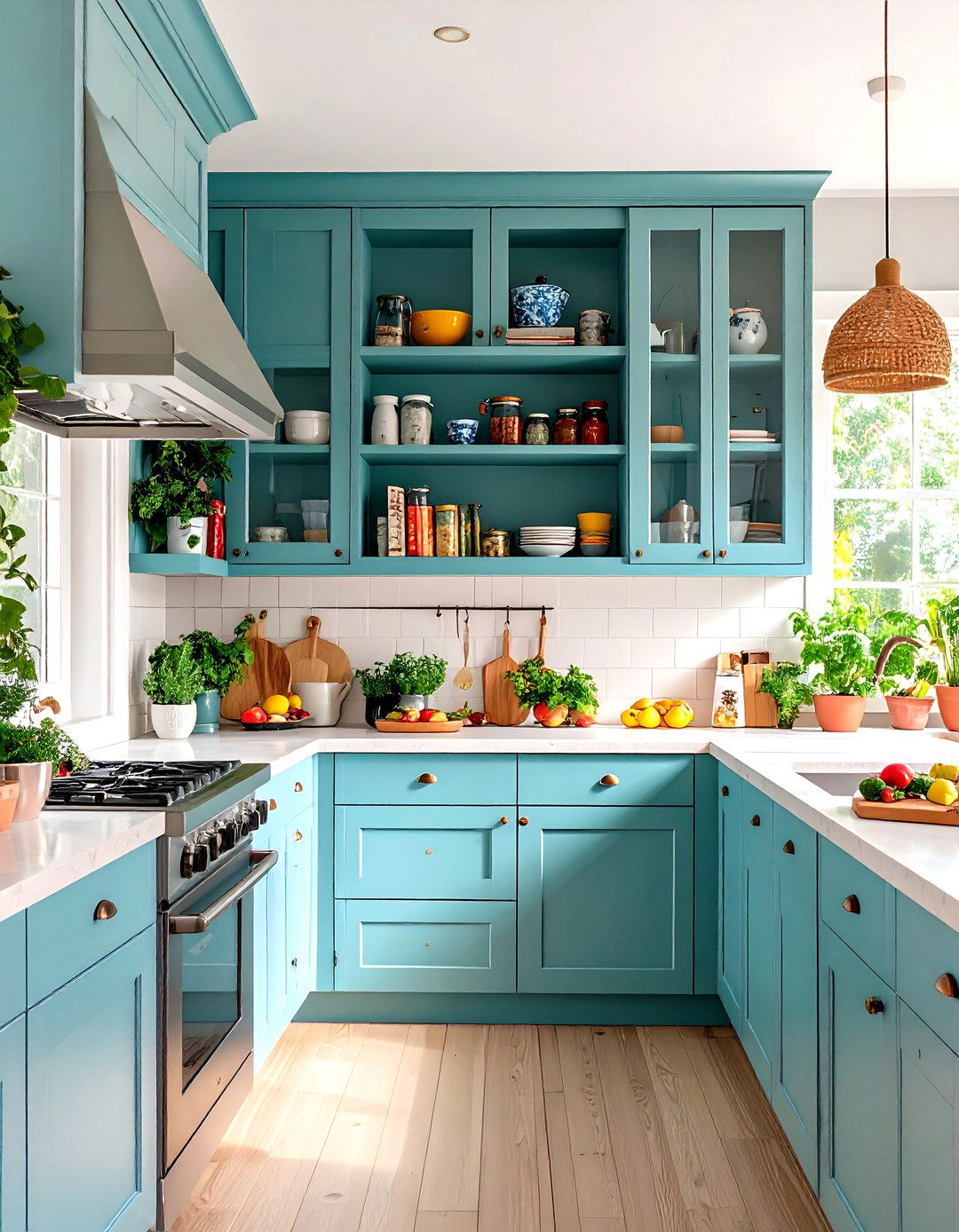
When you want to showcase decorative kitchenware or cookbooks, painted open cabinetry is both functional and stylish. Use a durable, high-quality paint in the same color as your closed cabinets to maintain cohesion. Clean all shelving thoroughly, prime with a bonding primer, then roll on two coats of paint, sanding between coats for a smooth finish. Consider using moisture-resistant paint to protect against spills. Painted open cabinets highlight curated items and create visual depth, making your kitchen feel personalized and curated without additional shelving costs.
24. Chalkboard Paint Cabinets
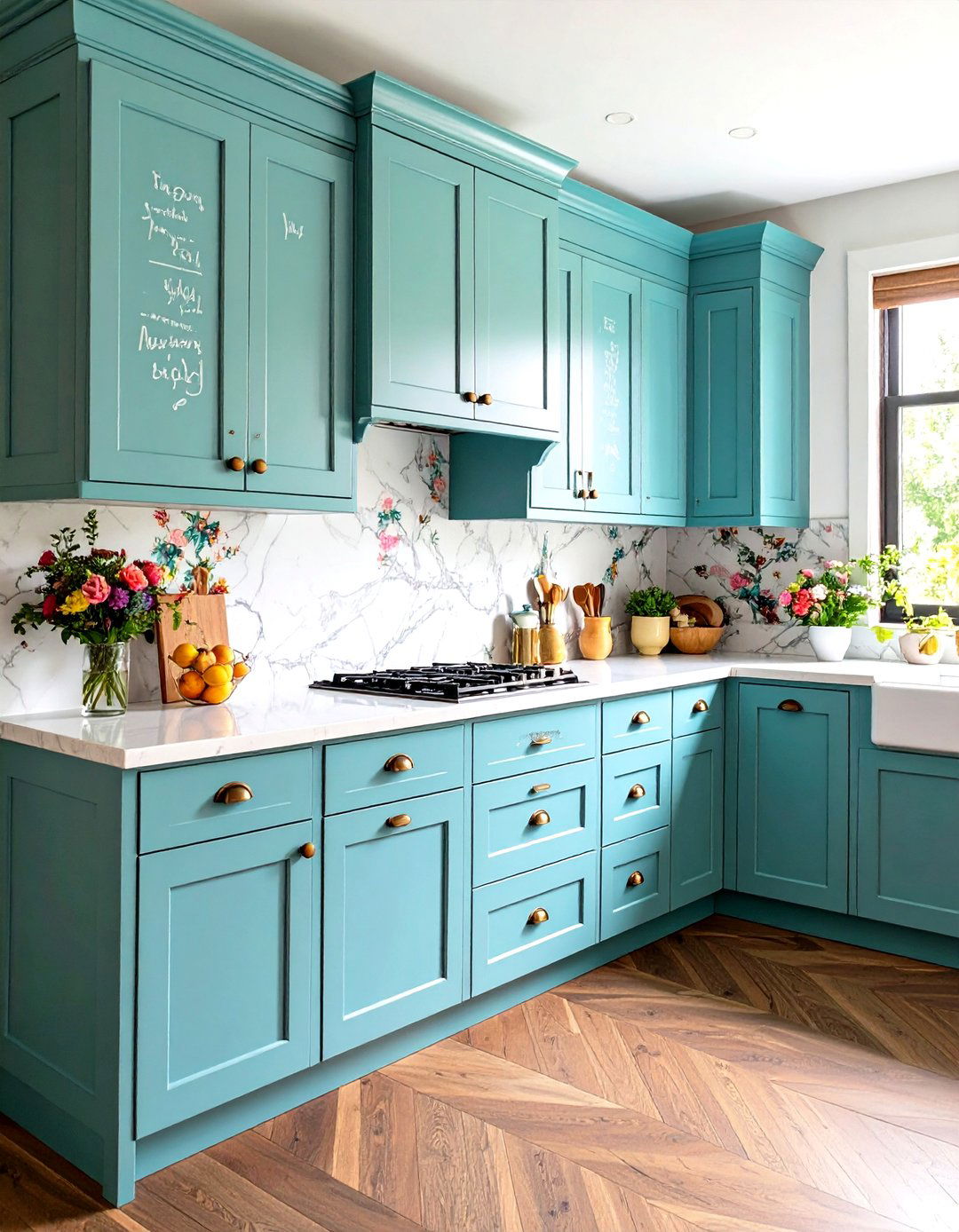
Consider using chalkboard paint on cabinet doors or inner panels to add a playful yet practical element to your kitchen. After cleaning and sanding cabinet surfaces, apply a specialized chalkboard primer, then two coats of chalkboard paint. Allow full curing before writing on the surface. Chalkboard cabinets become a spot for grocery lists, family messages, or rotating artwork, and they wipe clean easily with a damp cloth. This budget-friendly update repurposes existing cabinetry into a creative command center and is especially fun for families with kids.
25. Two-Tone Painted Cabinets
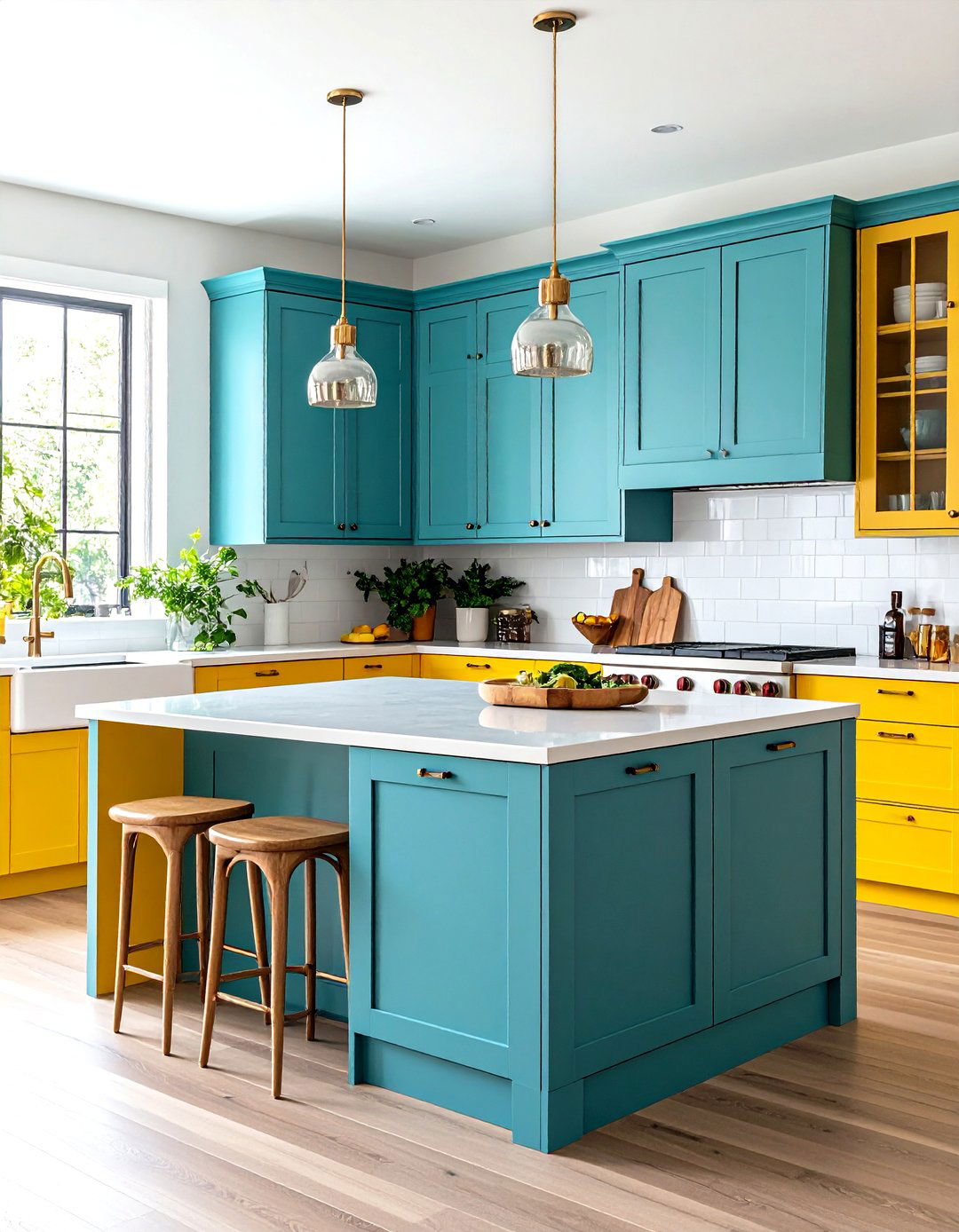
One of the most dynamic looks involves two-tone painted cabinets, where you match island cabinets to pantry doors or lower cabinets while contrasting upper units. This technique ties different areas of the kitchen together with color flow. Begin by selecting two complementary paint shades, then clean and sand all cabinet fronts. Prime both sets, then paint each in its respective color, using painter’s tape for crisp separation lines. Seal with a clear topcoat for durability. Two-tone cabinetry adds depth and visual interest, making a custom design statement with minimal effort.
Conclusion:
Painting kitchen cabinets remains one of the most cost-effective ways to reinvent your kitchen’s look, offering everything from electrifying neon and deep jewel tones to timeless neutrals and functional finishes like chalkboard and two-tone designs. By following proper prep — cleaning, sanding, priming — and investing in quality paint, these 25 ideas prove you can achieve professional results without replacing cabinetry. For those seeking alternative finishes, distressing techniques or surface laminates offer additional customization options, as detailed in the Kitchen cabinet article. Embrace the power of paint to personalize your space, boost resale value, and enjoy a refreshed kitchen environment.


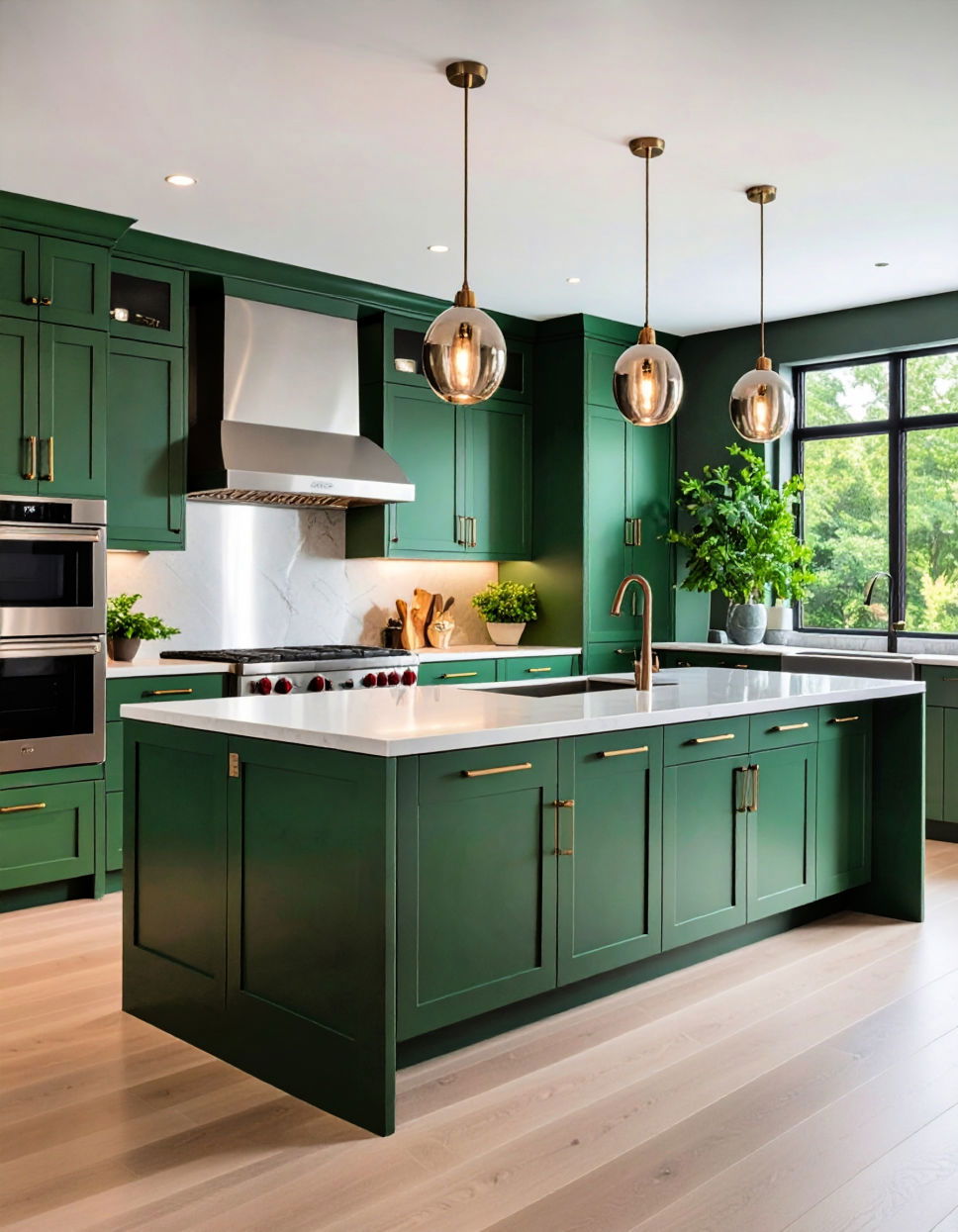
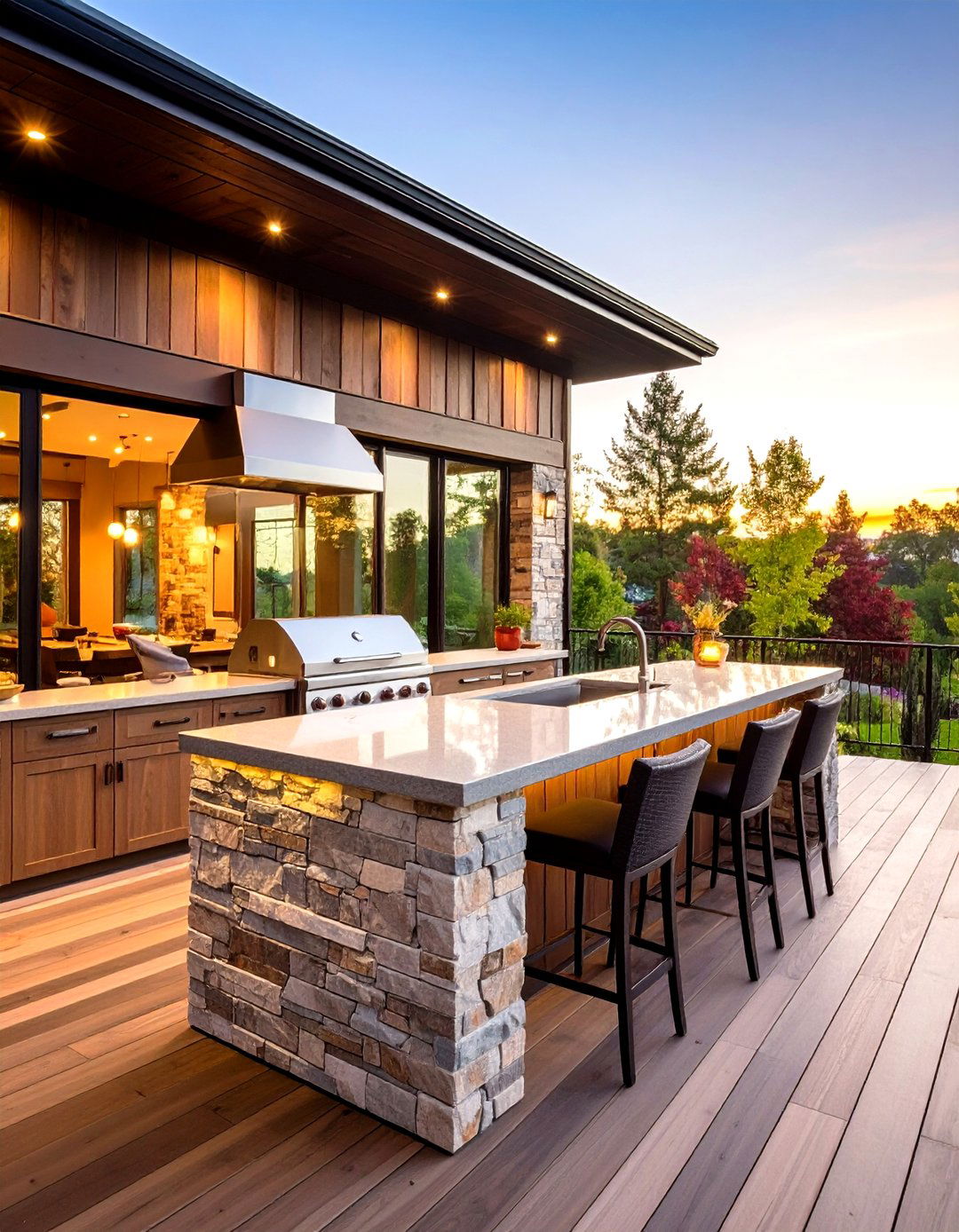

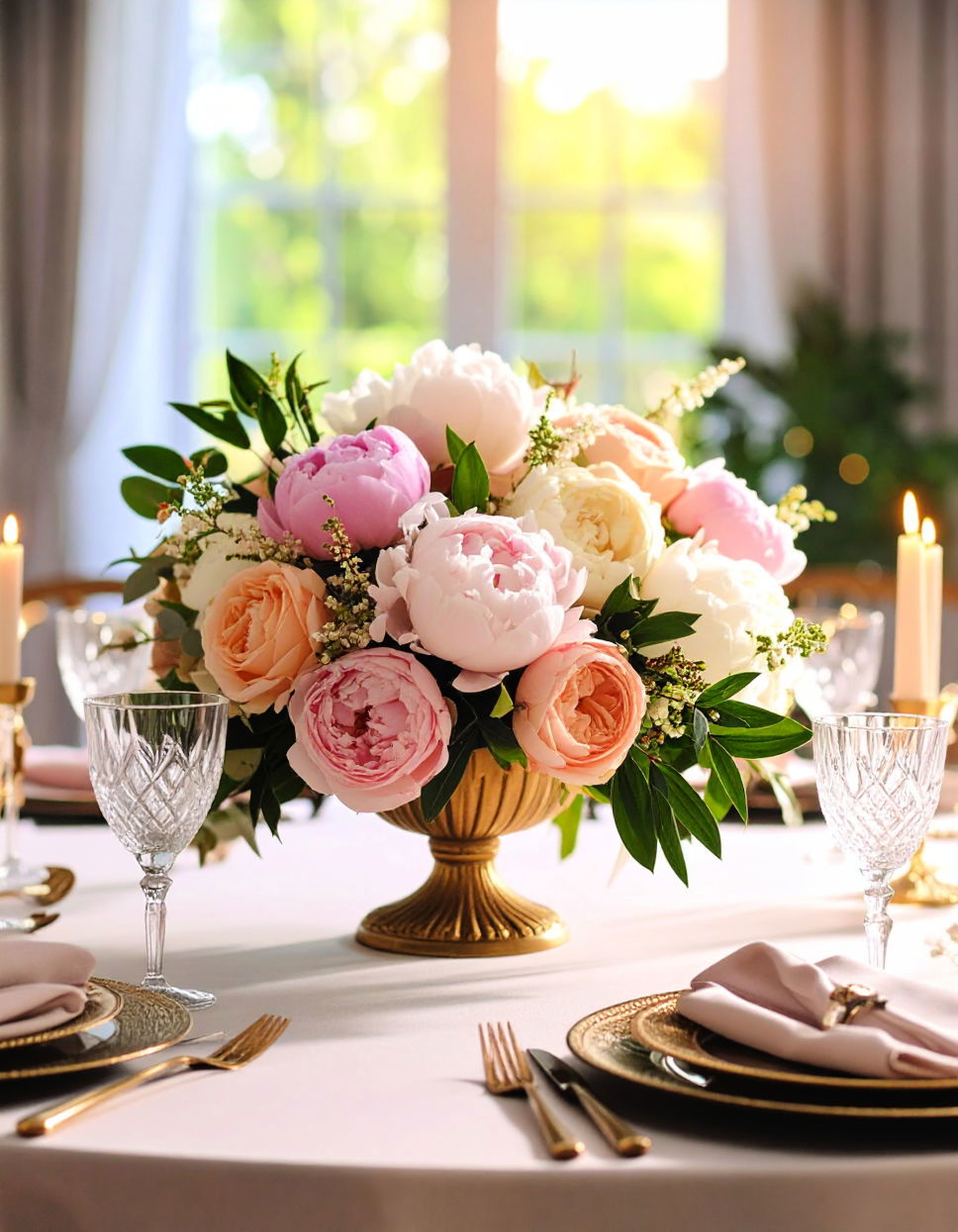


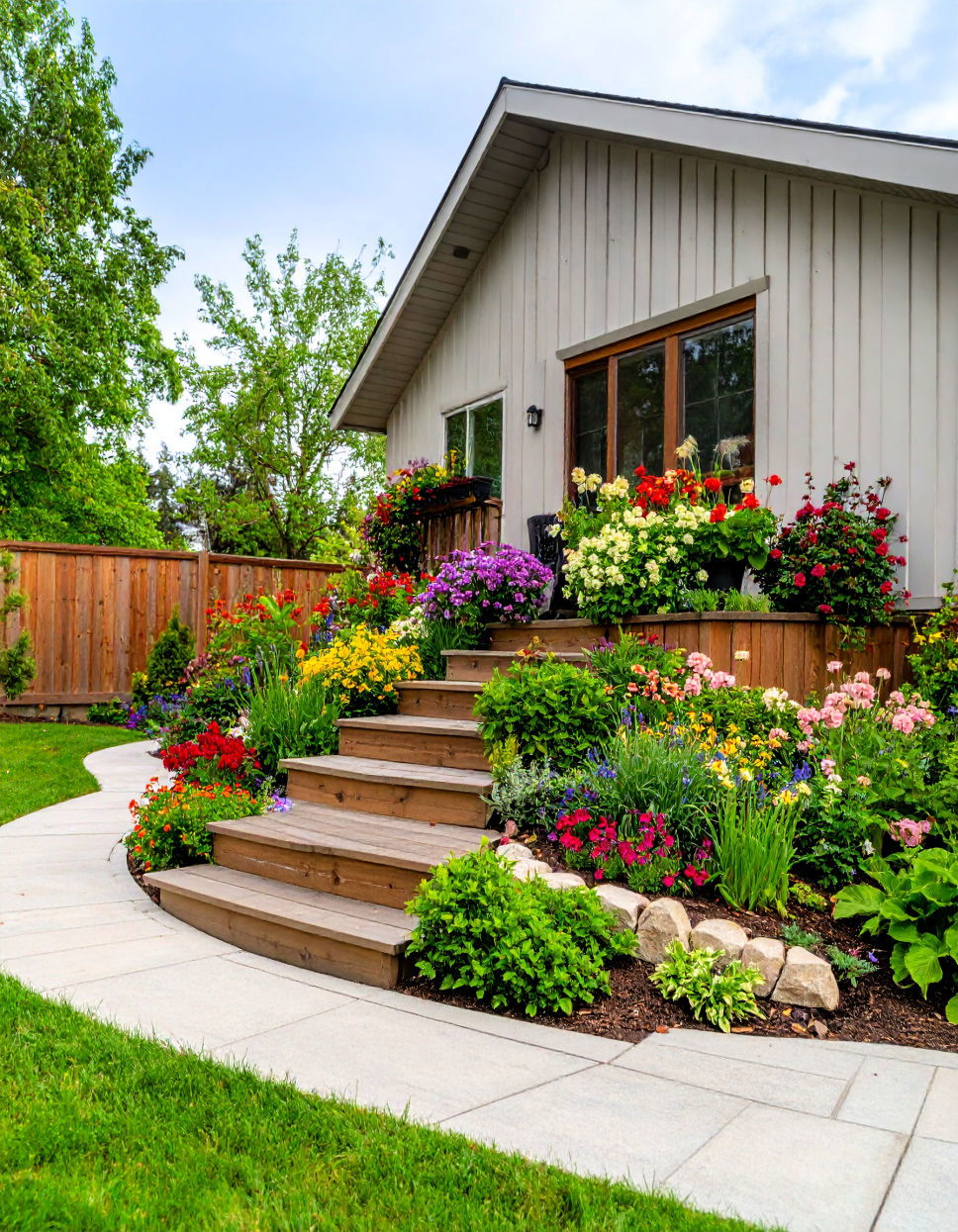
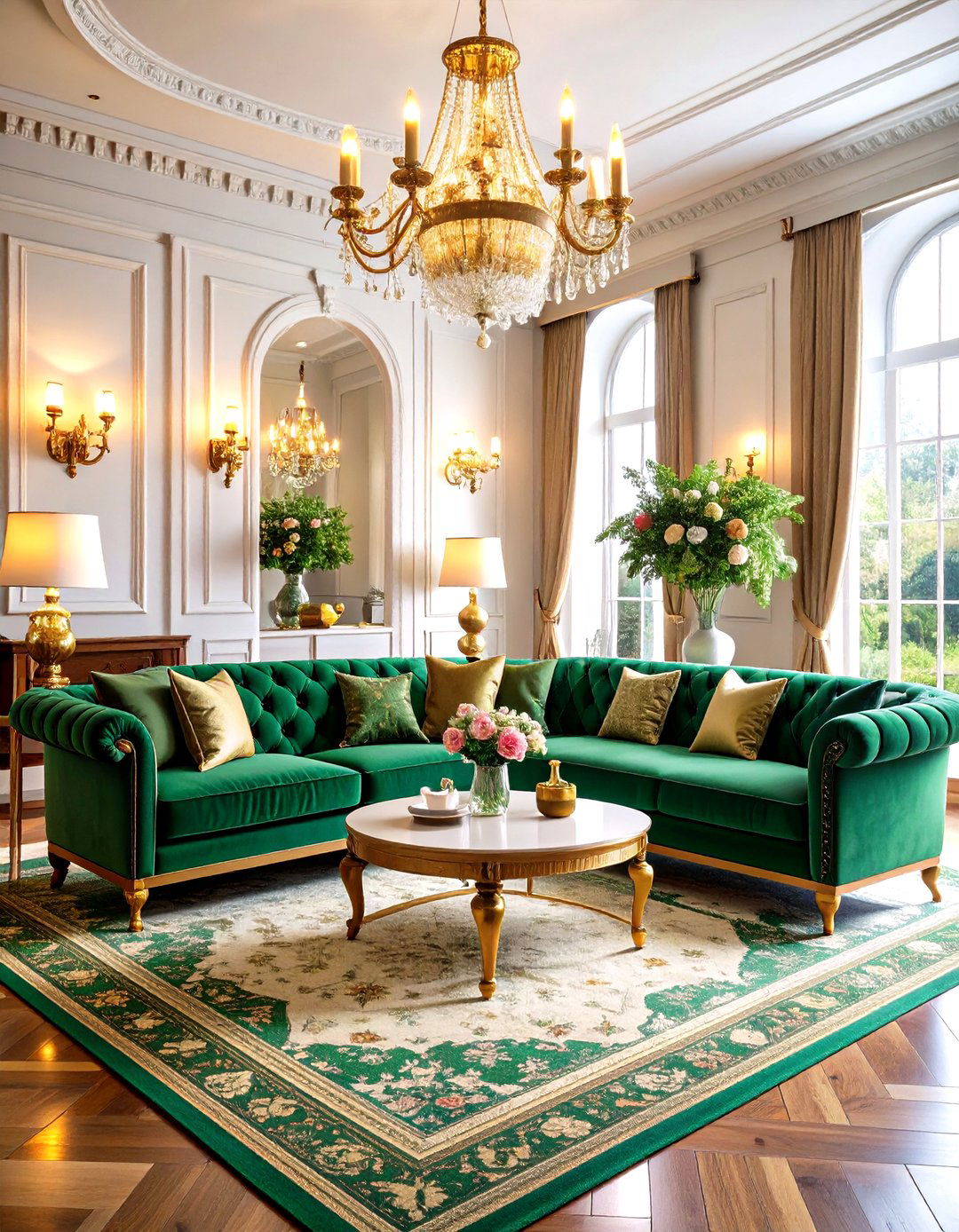
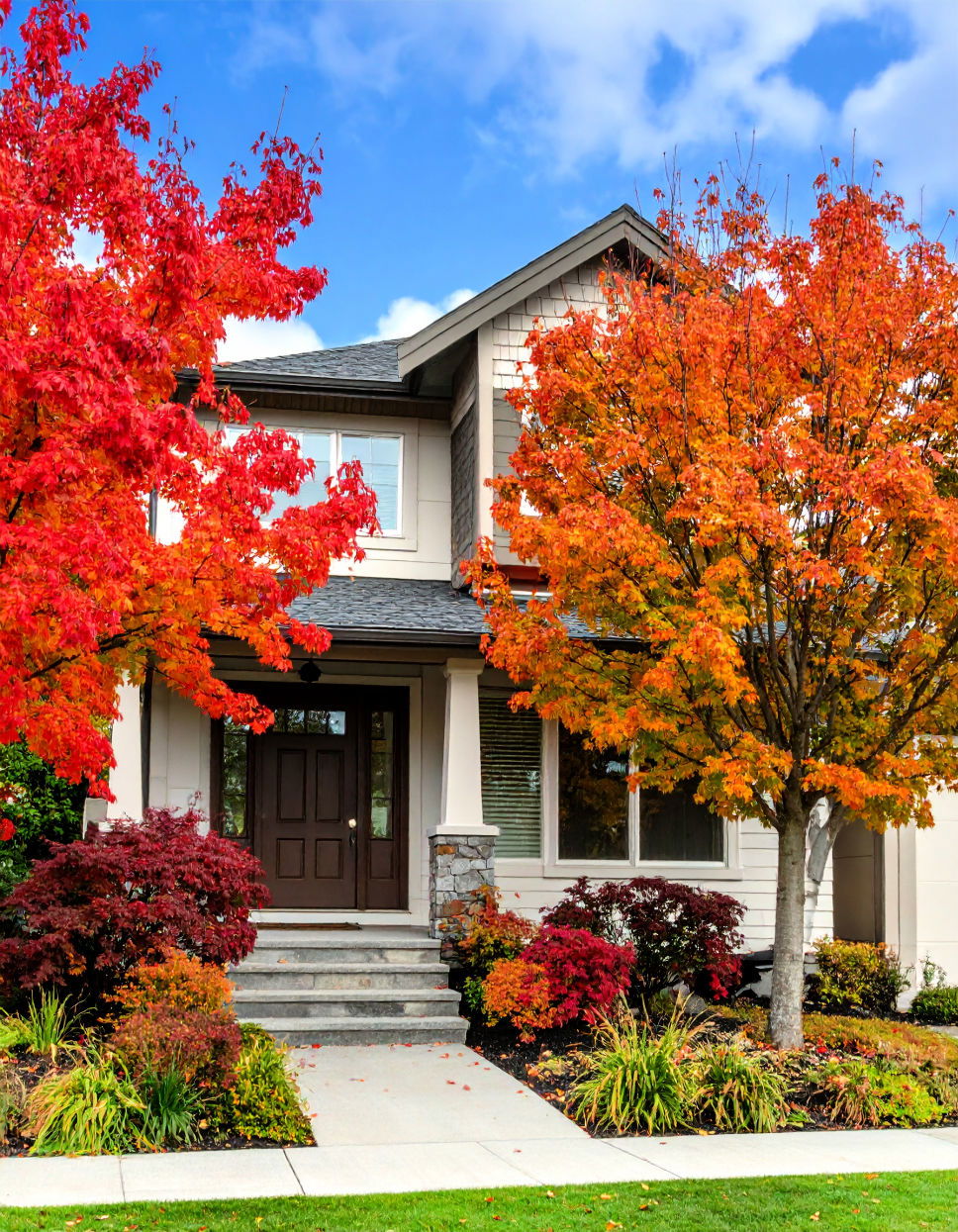
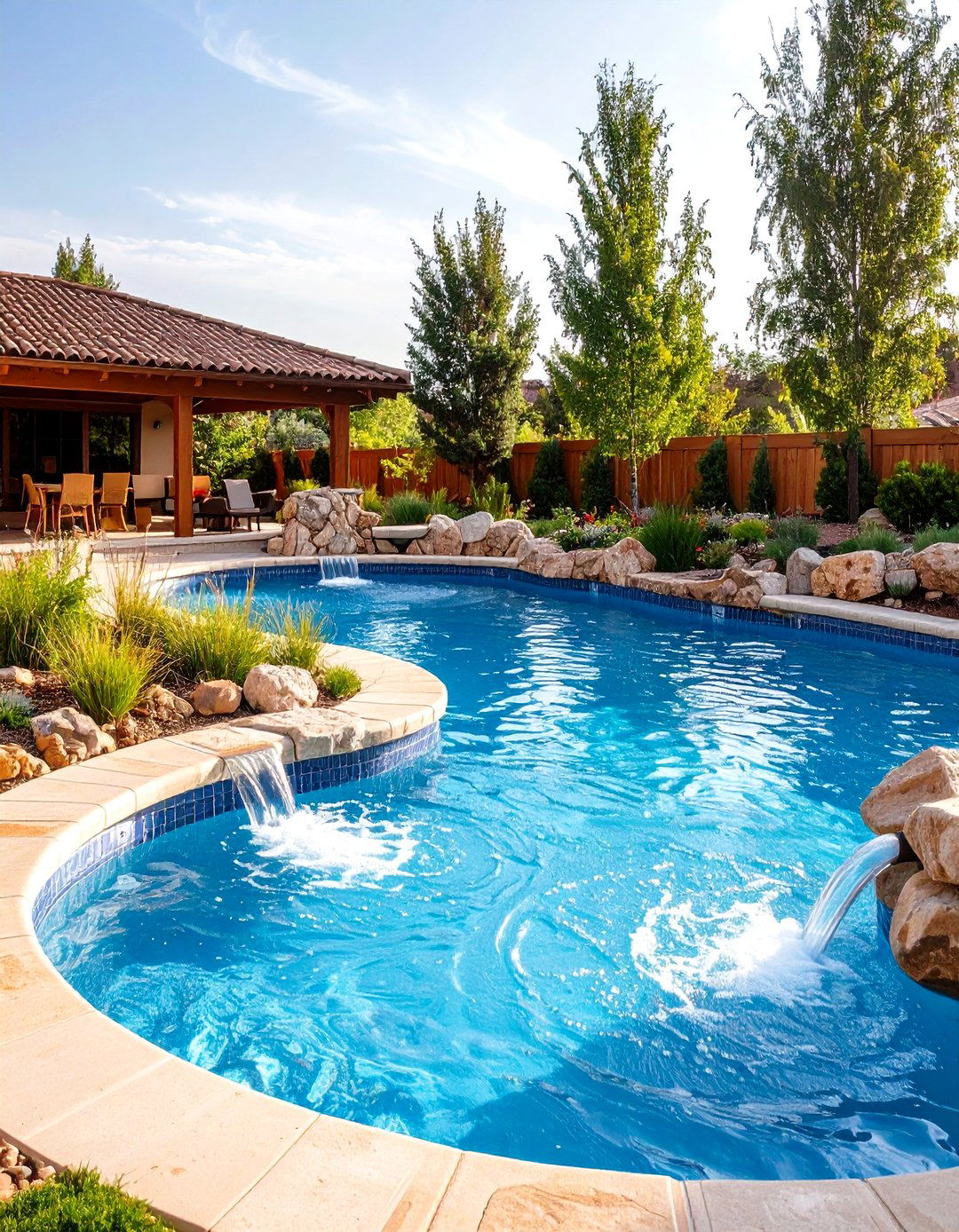
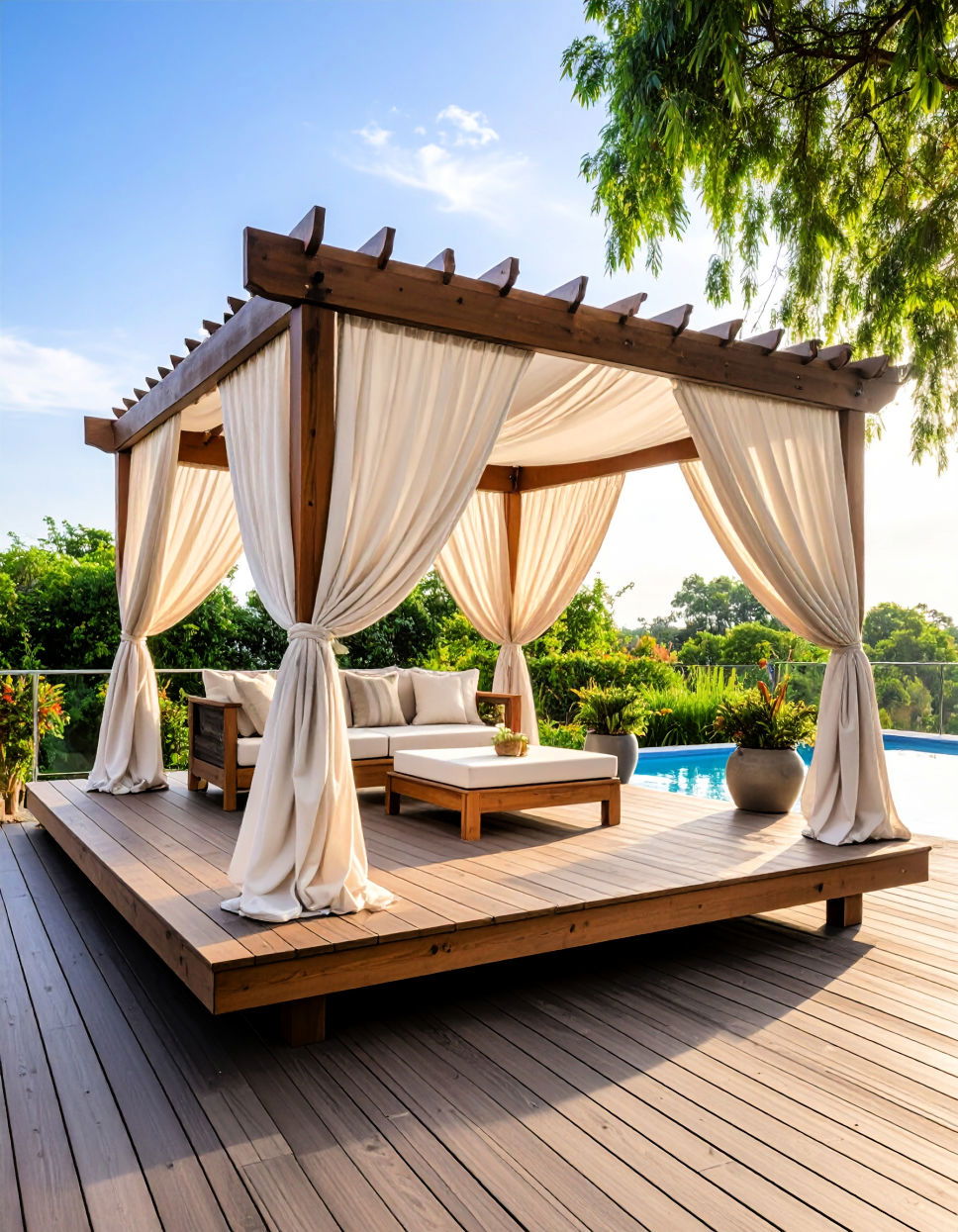
Leave a Reply